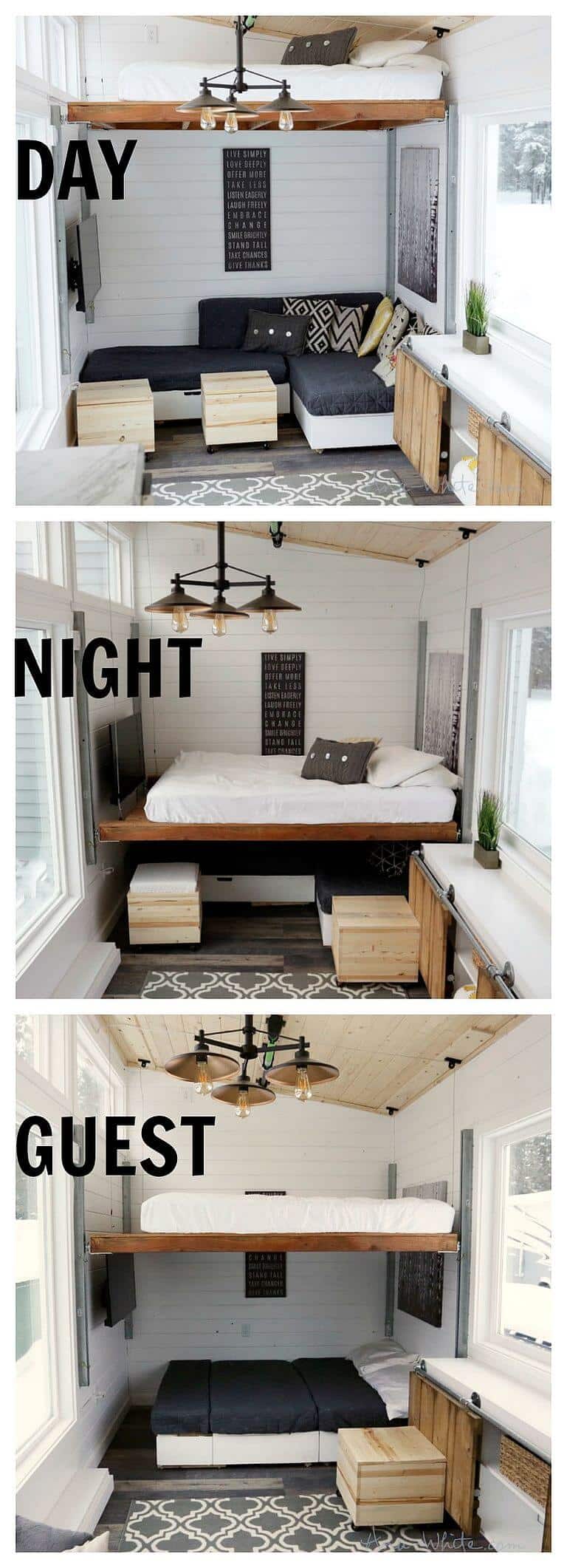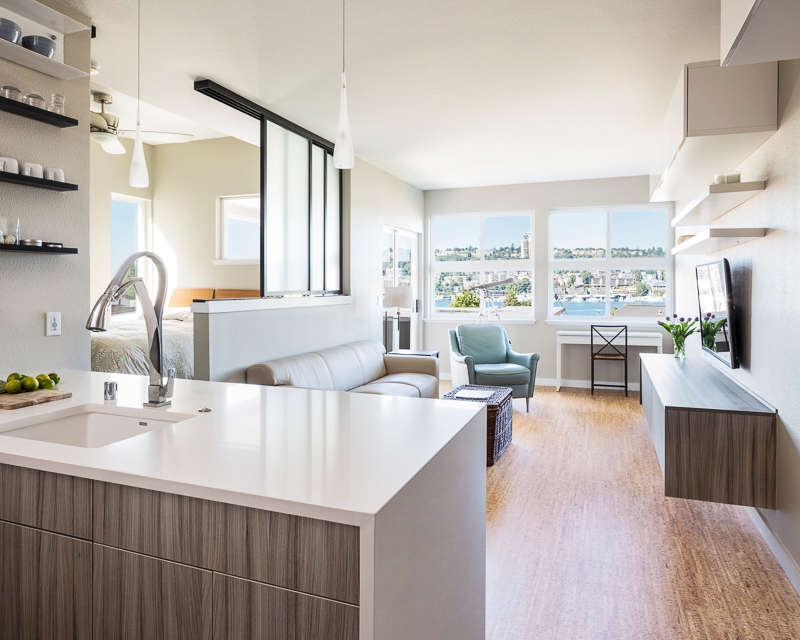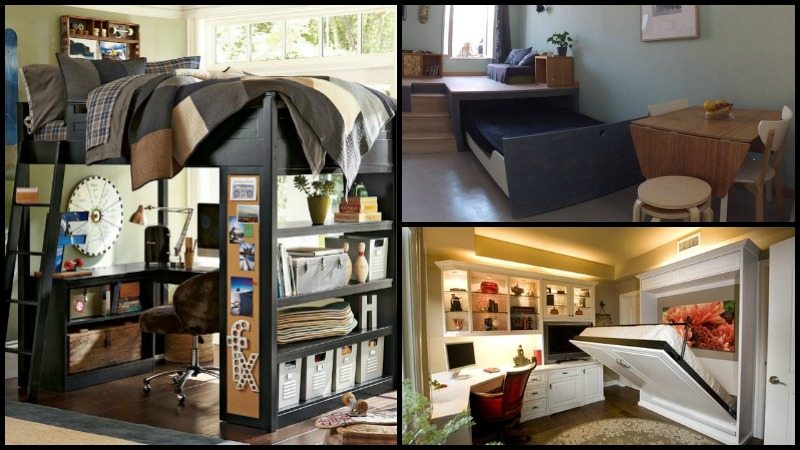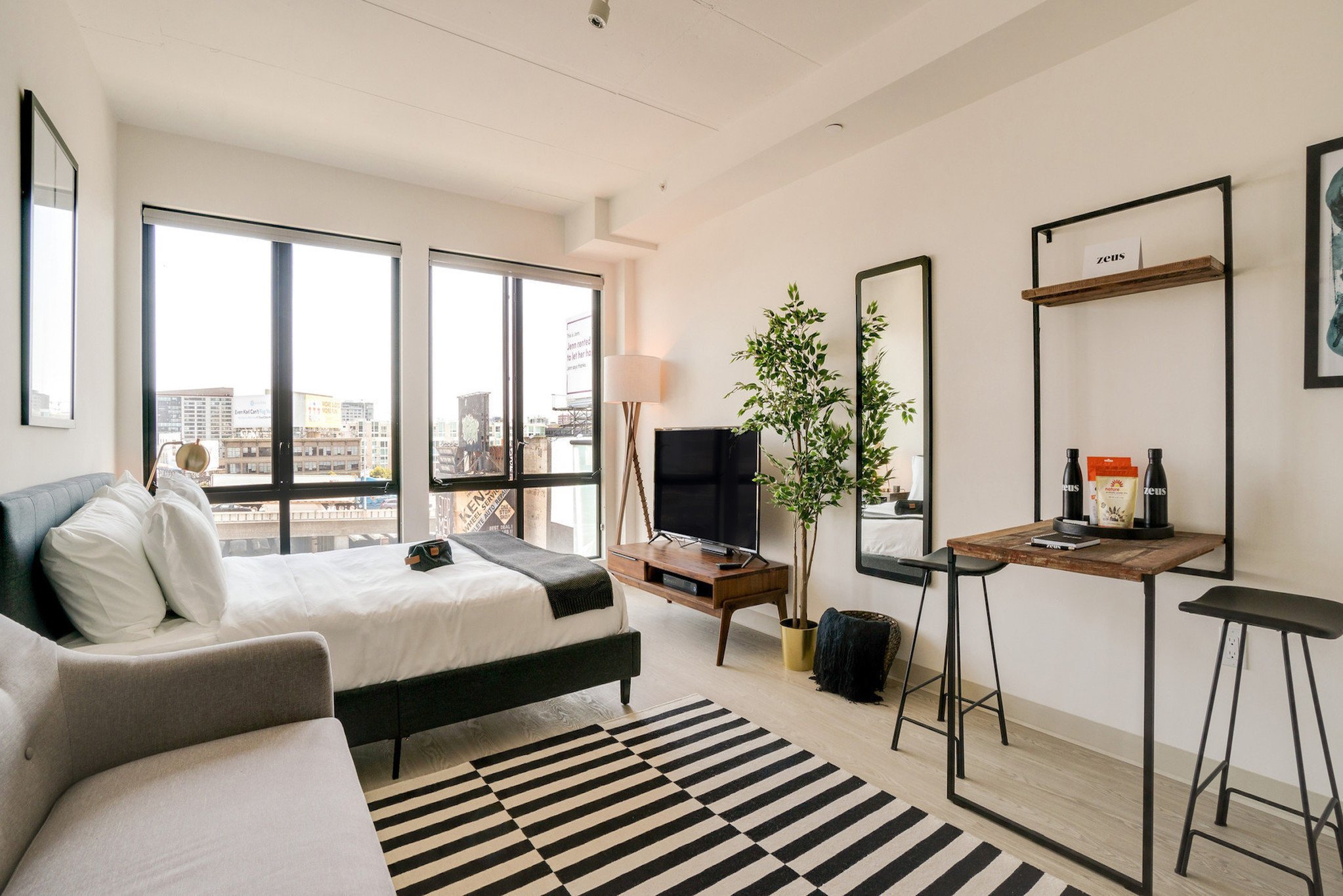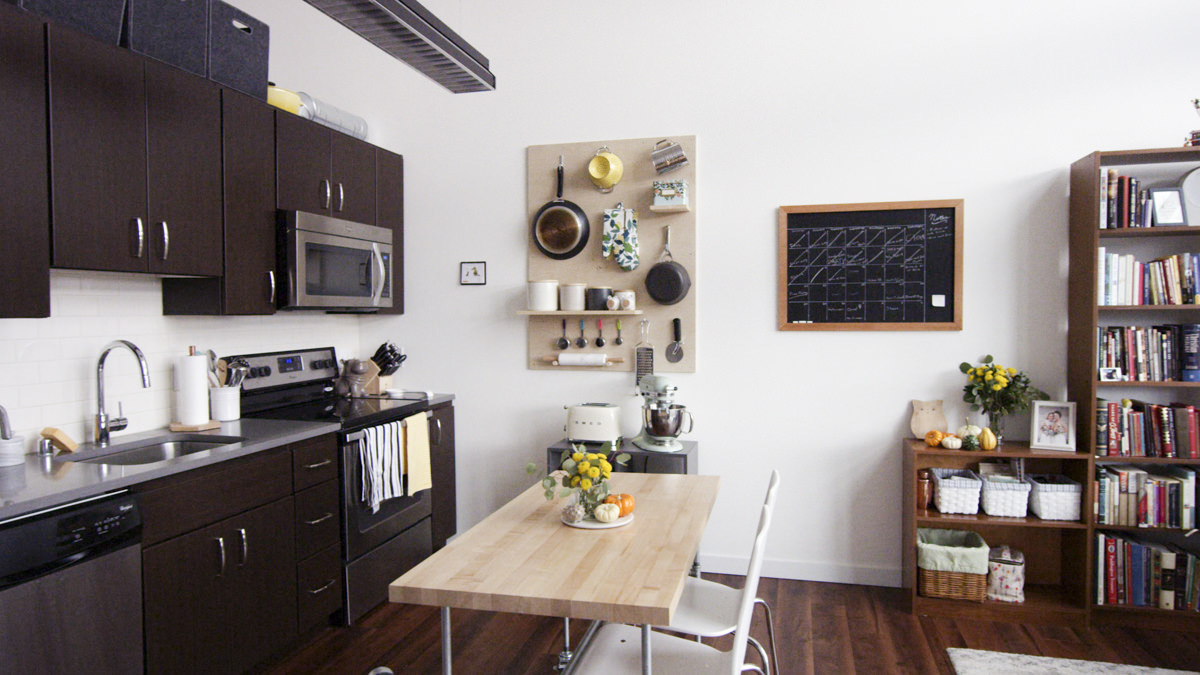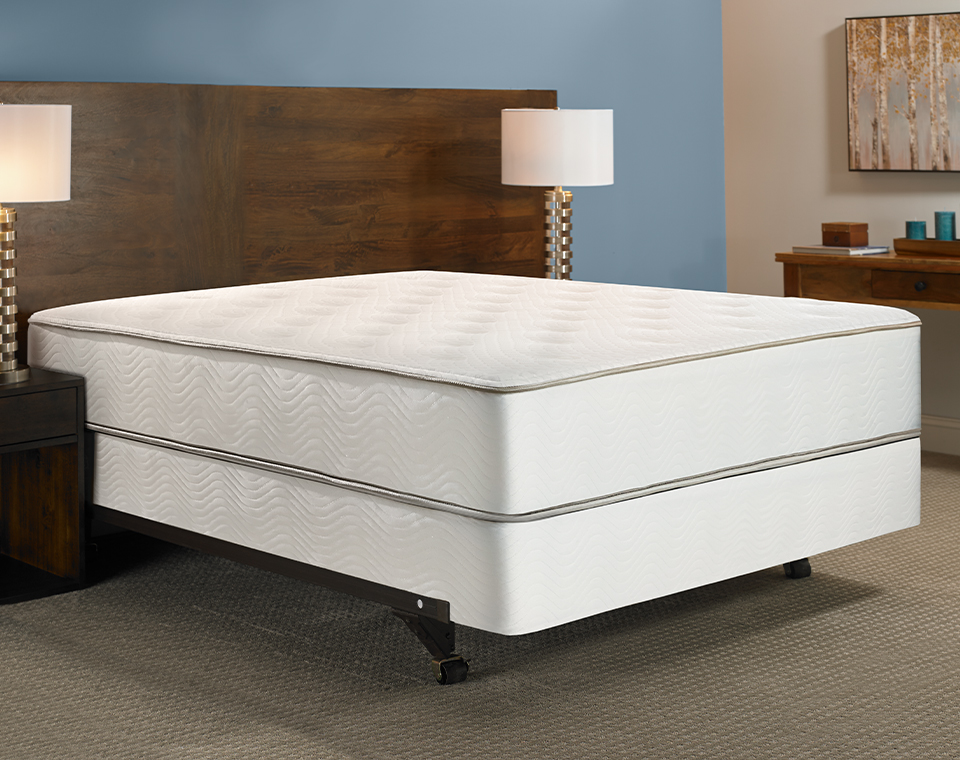Arranging Furniture in a Narrow Living Room
When it comes to decorating a narrow living room, the first challenge that comes to mind is how to arrange the furniture in a way that maximizes the limited space. With careful planning and a few design tricks, you can create a functional and stylish living room that feels spacious and inviting. Here are our top 10 tips for arranging furniture in a narrow living room.
1. Start with a Plan
Before you start moving furniture around, it's important to have a plan in place. Measure the dimensions of your living room and create a scale drawing on graph paper. This will help you visualize different furniture placement options and determine which layout works best for your space.
2. Consider the Function of the Room
Think about how you and your family will use the living room. Will it primarily be used for lounging and watching TV, or will you be hosting guests frequently? This will guide your furniture arrangement and help you determine which pieces are essential and which ones can be left out.
3. Utilize Space-Saving Furniture
In a narrow living room, every inch counts. Look for furniture that serves multiple purposes, such as a coffee table with hidden storage or a sofa bed for overnight guests. You can also opt for furniture with a smaller footprint, such as armless chairs or a slim console table.
4. Create Zones
Instead of trying to fit all your furniture against the walls, consider breaking up the space into different zones. For example, you could have a seating area for conversation, a separate area for TV viewing, and a small reading nook. This will make the room feel more dynamic and less cluttered.
5. Use Light Colors
Light colors tend to make a room feel more spacious, so consider painting your walls a light neutral shade like white, beige, or light gray. You can also incorporate light-colored furniture and accessories to create a cohesive look. Avoid using dark colors, as they tend to make a room feel smaller.
6. Choose a Focal Point
A focal point can help draw attention away from the narrowness of the room. It could be a fireplace, a large piece of artwork, or a TV mounted on the wall. Arrange your furniture around this focal point to create a sense of balance and visual interest.
7. Opt for Leggy Furniture
Furniture with exposed legs can make a room feel more spacious, as it creates an illusion of more floor space. Look for sofas, chairs, and tables with thin, tapered legs instead of bulky, solid bases. This will also allow for more light to flow through the room, making it feel brighter and more open.
8. Keep the Traffic Flowing
When arranging your furniture, make sure to leave enough space for people to move around comfortably. Avoid blocking walkways or making it difficult to access different areas of the room. This will ensure that the space is functional and doesn't feel cramped.
9. Add Mirrors
Mirrors are a great way to create the illusion of more space in a narrow living room. They reflect light and make the room feel larger and more open. Hang a large mirror above the sofa or lean a floor mirror against the wall to visually expand the space.
Maximizing Space in a Narrow Living Room
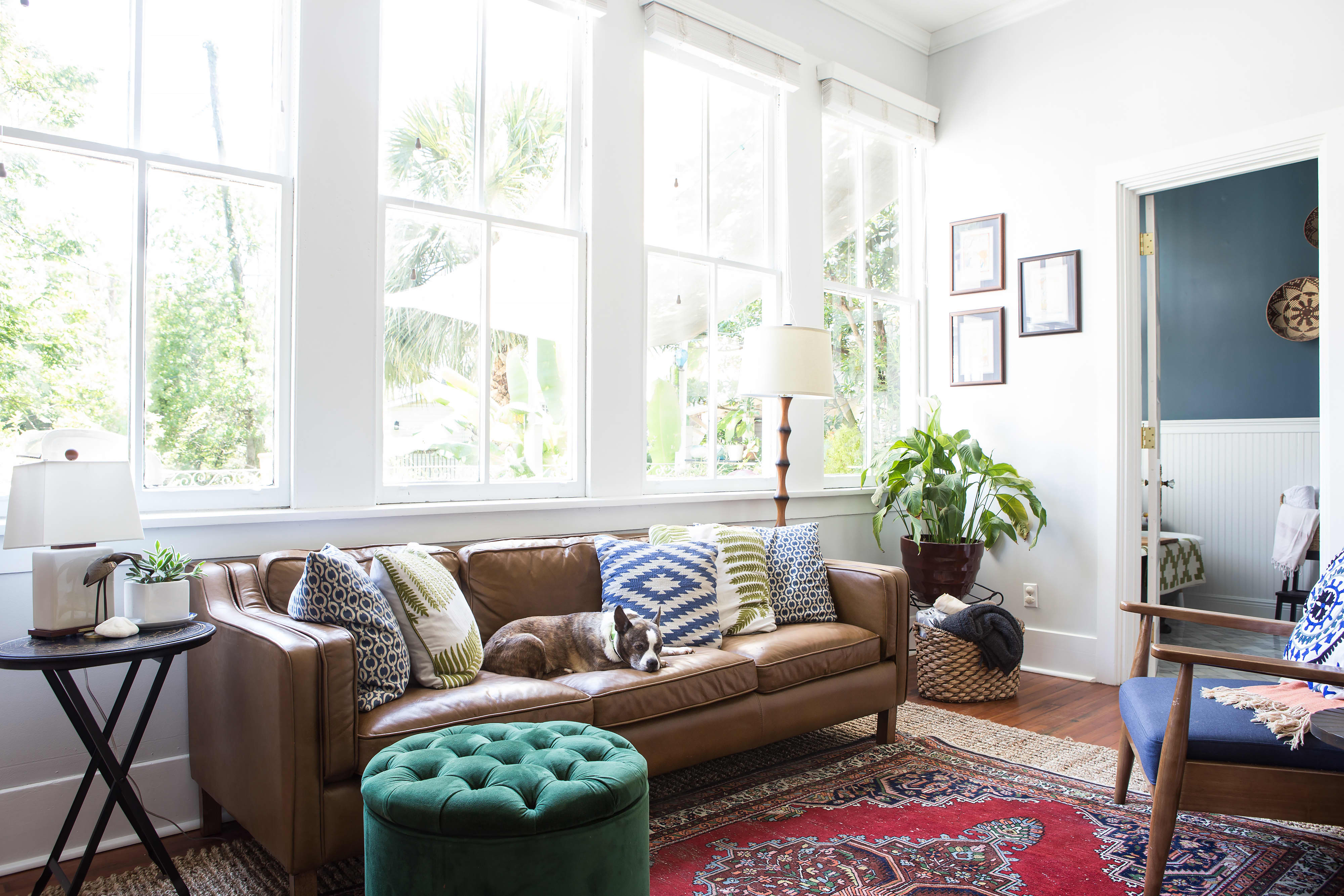
The Key to Making the Most of Your Space
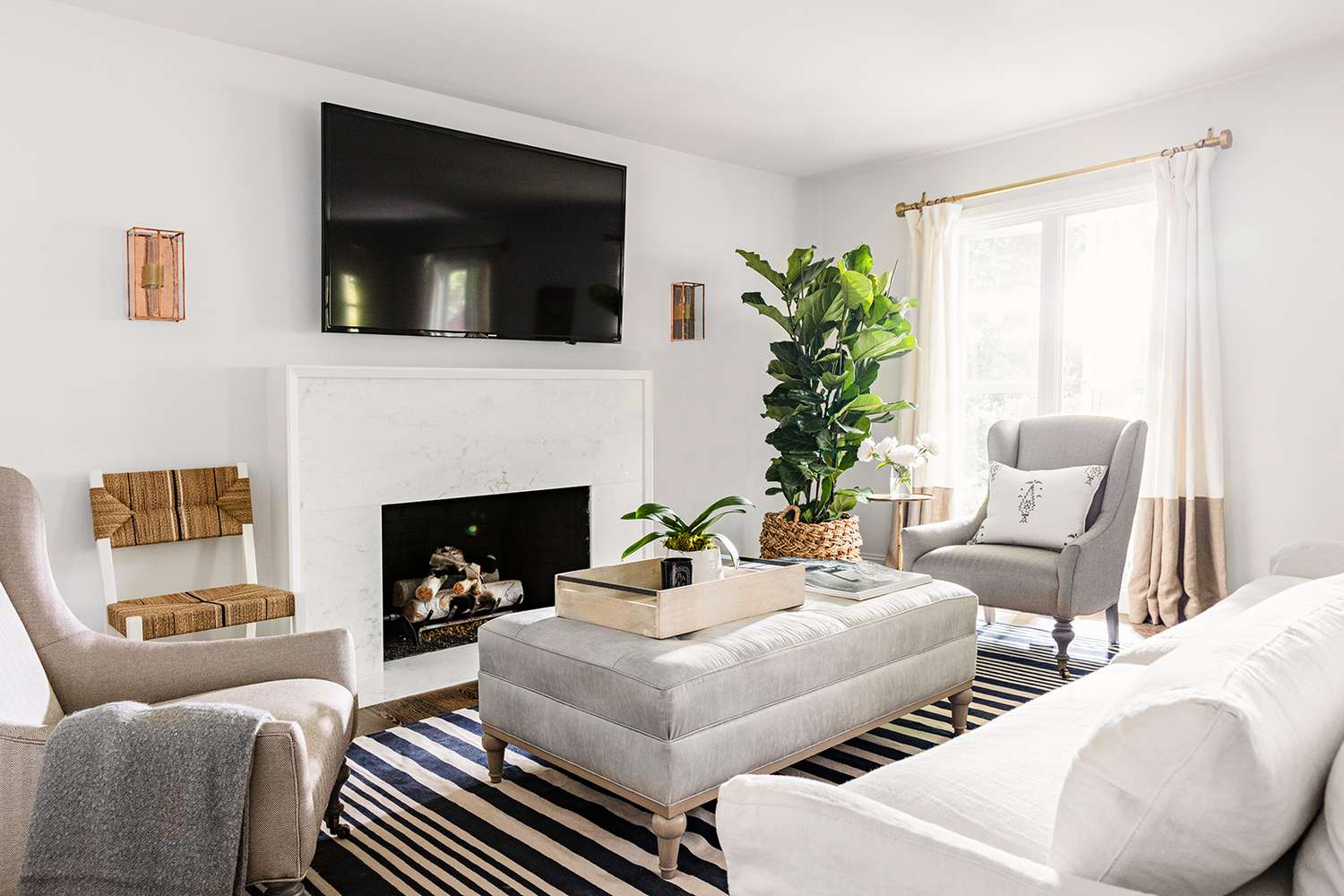 If you have a narrow living room, you may feel limited in terms of furniture arrangement options. But don't fret, with the right design choices, you can create a functional and stylish living space that maximizes the available space. The key to making the most of your narrow living room is to
arrange furniture strategically
and
utilize every inch of space
. With these tips, you'll be able to transform your narrow living room into a cozy and inviting space.
If you have a narrow living room, you may feel limited in terms of furniture arrangement options. But don't fret, with the right design choices, you can create a functional and stylish living space that maximizes the available space. The key to making the most of your narrow living room is to
arrange furniture strategically
and
utilize every inch of space
. With these tips, you'll be able to transform your narrow living room into a cozy and inviting space.
Create a Focal Point
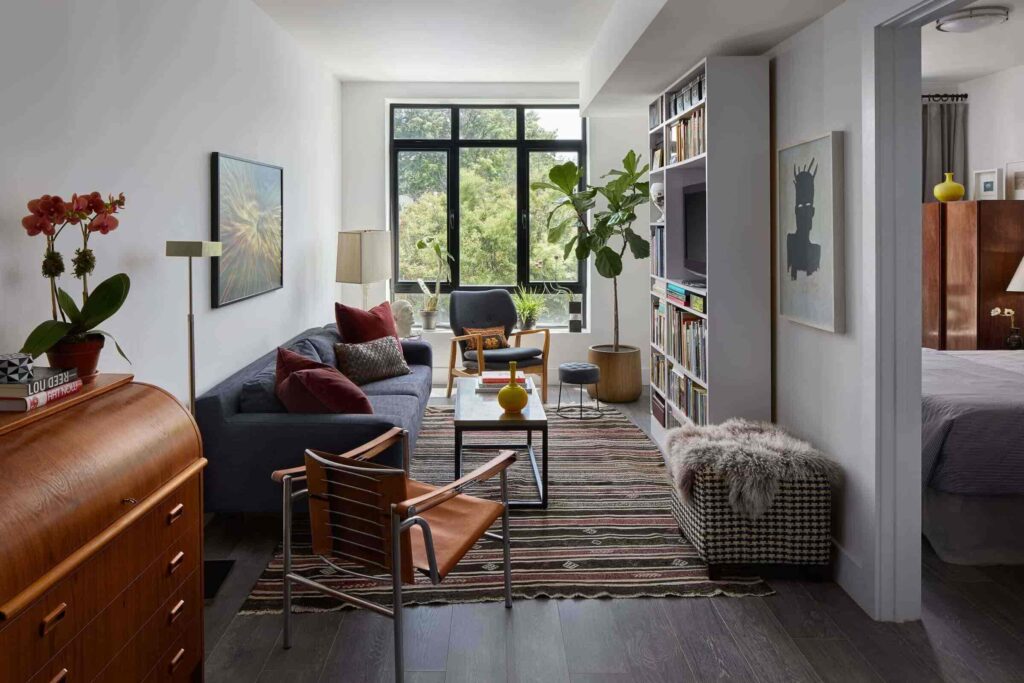 In any living room, it's important to have a focal point that draws the eye and anchors the space. In a narrow living room, this is even more crucial as it helps to create a sense of depth and balance.
Avoid placing your furniture against the walls
as this can make the room feel cramped and uninviting. Instead,
arrange your furniture around a central point
such as a fireplace, TV, or a piece of artwork. This will create a visual anchor and make the room feel more spacious.
In any living room, it's important to have a focal point that draws the eye and anchors the space. In a narrow living room, this is even more crucial as it helps to create a sense of depth and balance.
Avoid placing your furniture against the walls
as this can make the room feel cramped and uninviting. Instead,
arrange your furniture around a central point
such as a fireplace, TV, or a piece of artwork. This will create a visual anchor and make the room feel more spacious.
Choose the Right Furniture
 When it comes to furniture for a narrow living room,
less is more
. Instead of filling the room with bulky pieces, opt for
sleek and streamlined furniture
that won't take up too much space. Consider using
multi-functional furniture
such as a coffee table with hidden storage or a sofa bed for overnight guests. This will save space and add functionality to your living room.
When it comes to furniture for a narrow living room,
less is more
. Instead of filling the room with bulky pieces, opt for
sleek and streamlined furniture
that won't take up too much space. Consider using
multi-functional furniture
such as a coffee table with hidden storage or a sofa bed for overnight guests. This will save space and add functionality to your living room.
Utilize Vertical Space
 In a narrow living room,
vertical space is your friend
. Use the walls to your advantage by incorporating
shelving units
or
floating shelves
to display decor and store items. This will free up floor space and make the room feel less cluttered. You can also
hang curtains close to the ceiling
to create the illusion of higher ceilings and add visual interest to the room.
In a narrow living room,
vertical space is your friend
. Use the walls to your advantage by incorporating
shelving units
or
floating shelves
to display decor and store items. This will free up floor space and make the room feel less cluttered. You can also
hang curtains close to the ceiling
to create the illusion of higher ceilings and add visual interest to the room.
Keep it Light and Bright
 In a narrow living room,
light and neutral colors
are your best friends. They will help to
open up the space and make it feel larger
. Stick to a cohesive color palette and incorporate pops of color with accessories.
Natural light
is also important in making a room feel more spacious, so
keep window treatments minimal
to allow as much light in as possible.
In a narrow living room,
light and neutral colors
are your best friends. They will help to
open up the space and make it feel larger
. Stick to a cohesive color palette and incorporate pops of color with accessories.
Natural light
is also important in making a room feel more spacious, so
keep window treatments minimal
to allow as much light in as possible.
Final Thoughts
 A narrow living room may seem like a challenge to design, but with the right techniques, you can create a functional and stylish space that feels anything but cramped.
Remember to create a focal point, choose the right furniture, utilize vertical space, and keep the color palette light and bright
. By following these tips, you'll be able to make the most of your narrow living room and create a comfortable and inviting space for you and your guests.
A narrow living room may seem like a challenge to design, but with the right techniques, you can create a functional and stylish space that feels anything but cramped.
Remember to create a focal point, choose the right furniture, utilize vertical space, and keep the color palette light and bright
. By following these tips, you'll be able to make the most of your narrow living room and create a comfortable and inviting space for you and your guests.












/twenty20_cc649399-40dc-4816-8620-37b365d88f70-5a01d3be22fa3a0037001998.jpg)
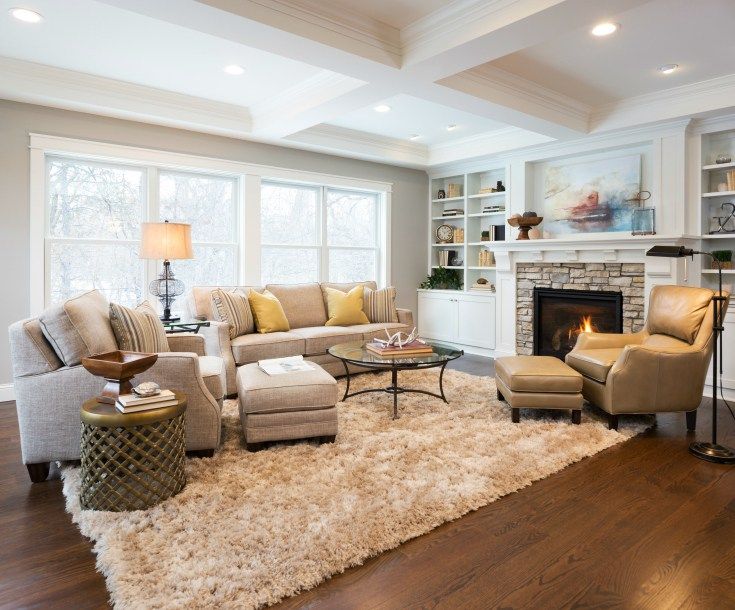
/rules-for-arranging-furniture-2213418-01-0ce5fc6a876342d693cef4e11367d098.jpg)


/Mel-Curtis-5842a9aa5f9b5851e5e8cfab.jpg)
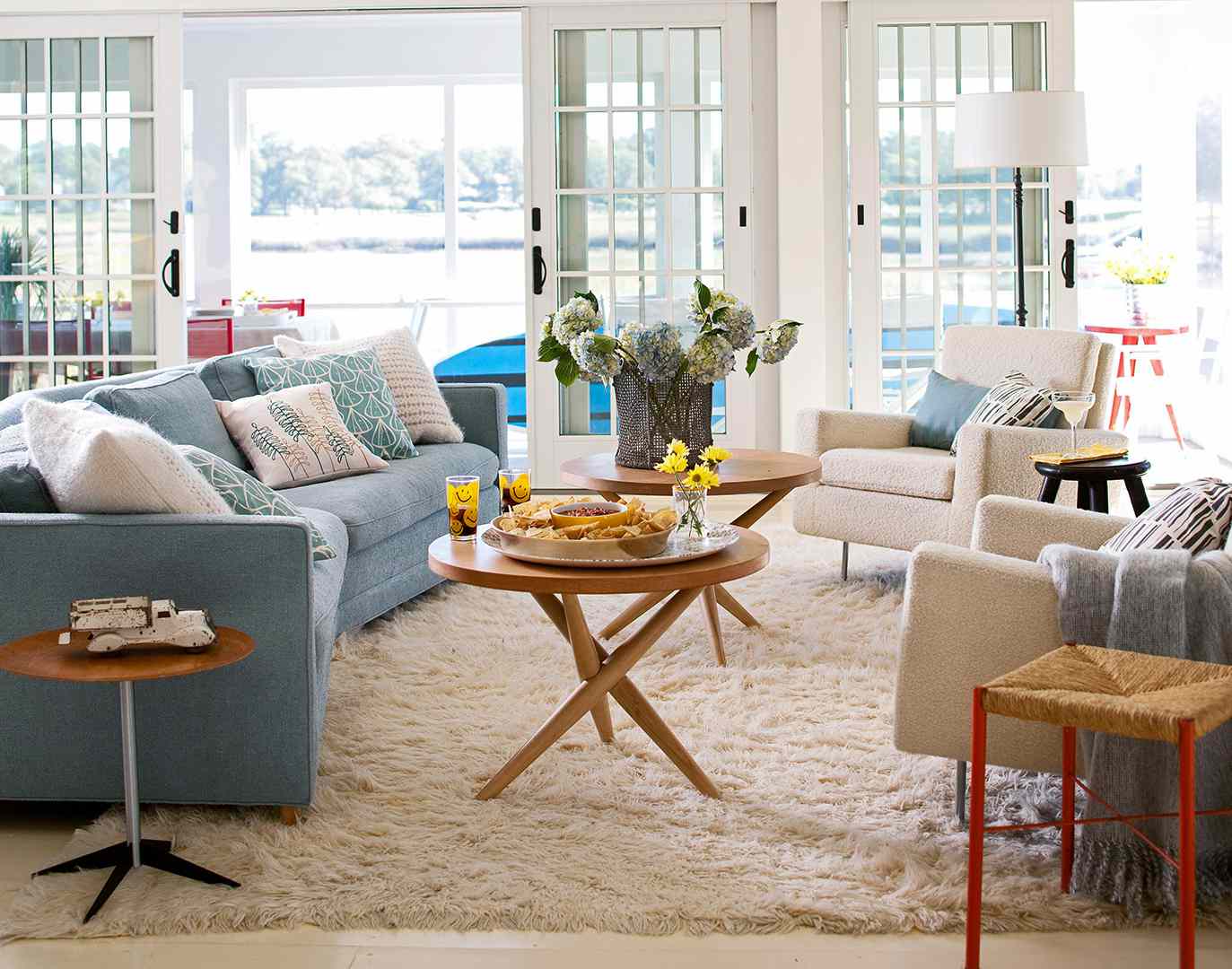

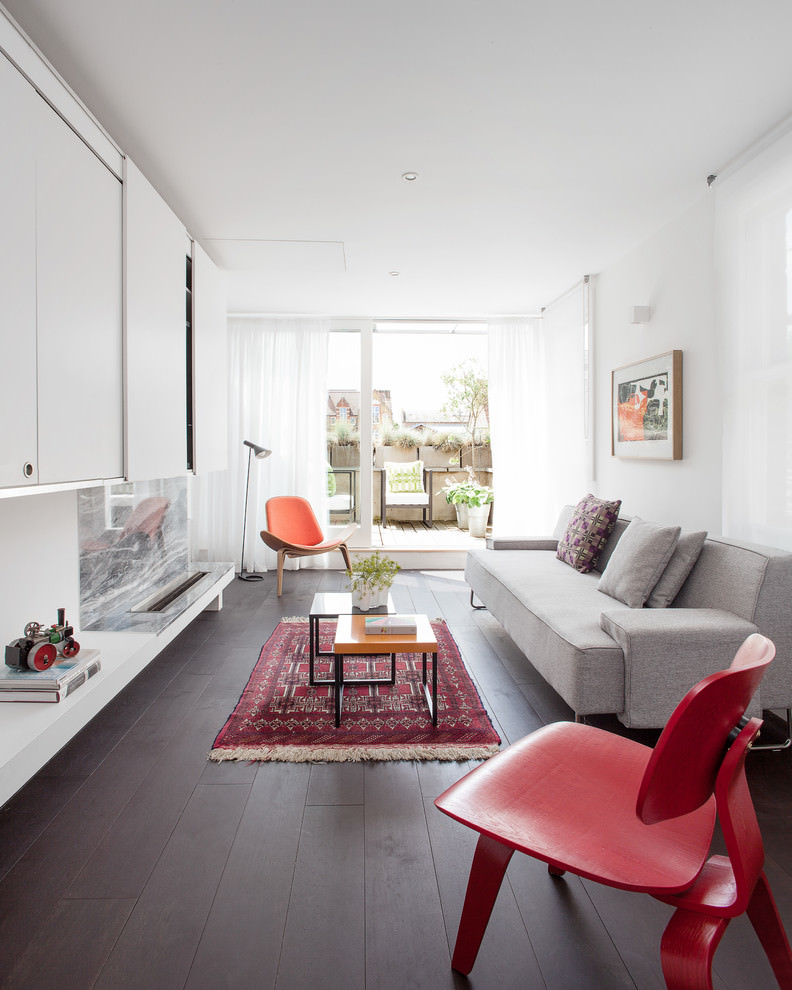
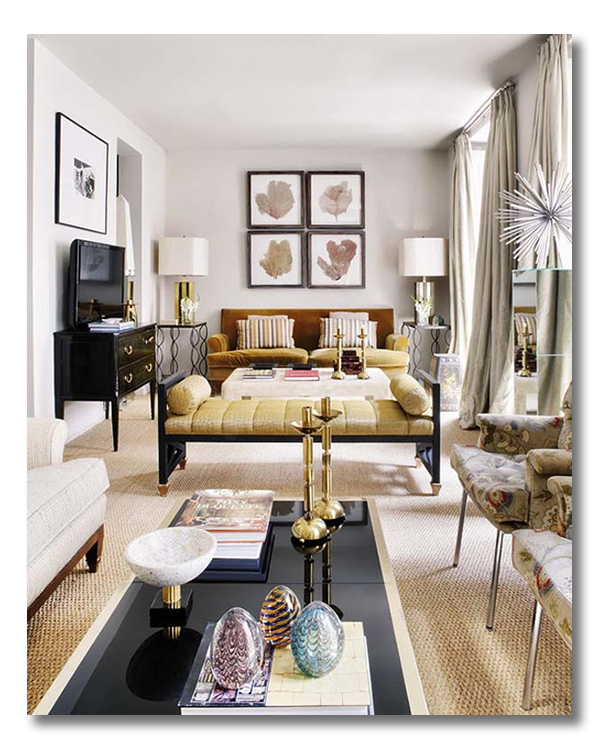

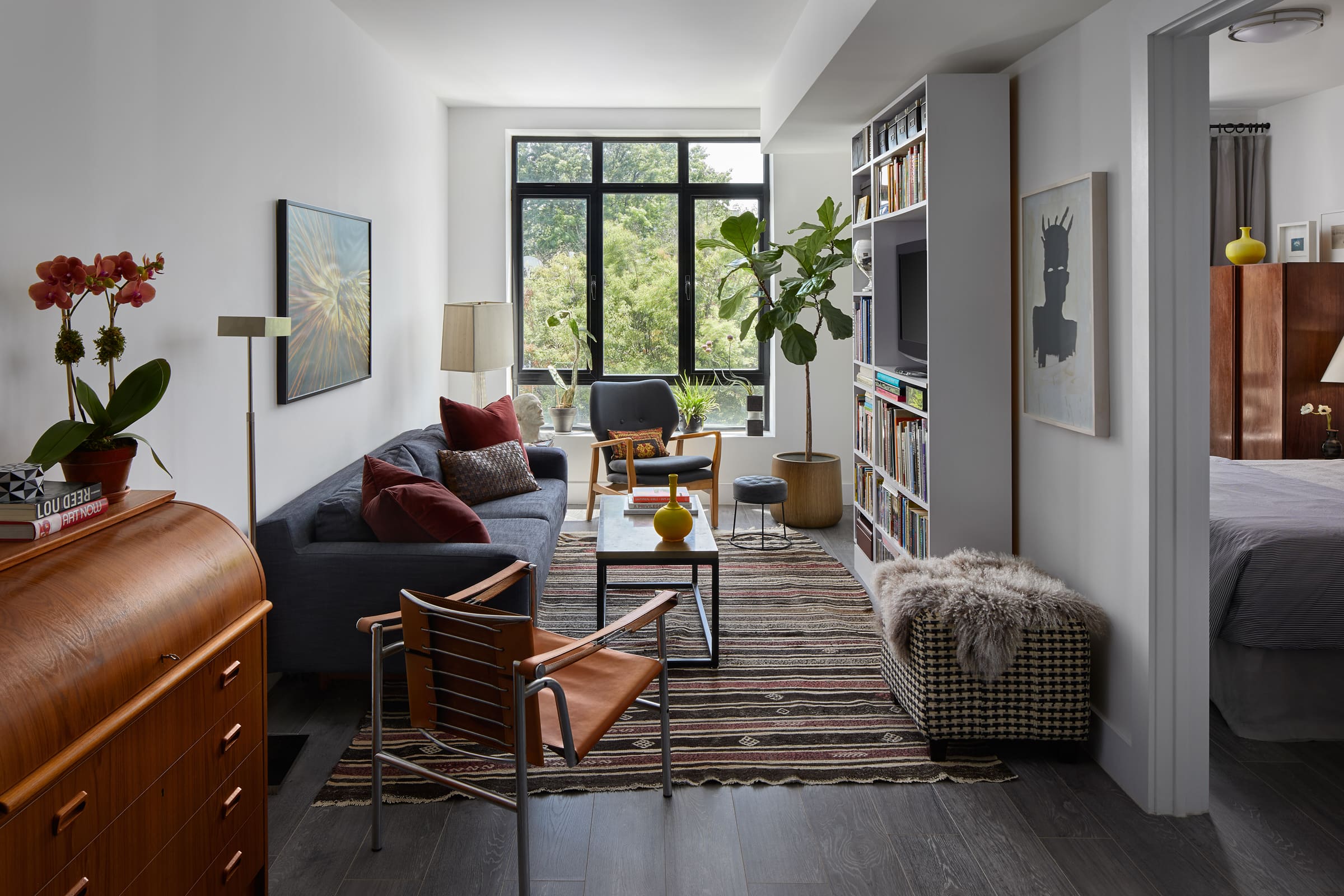
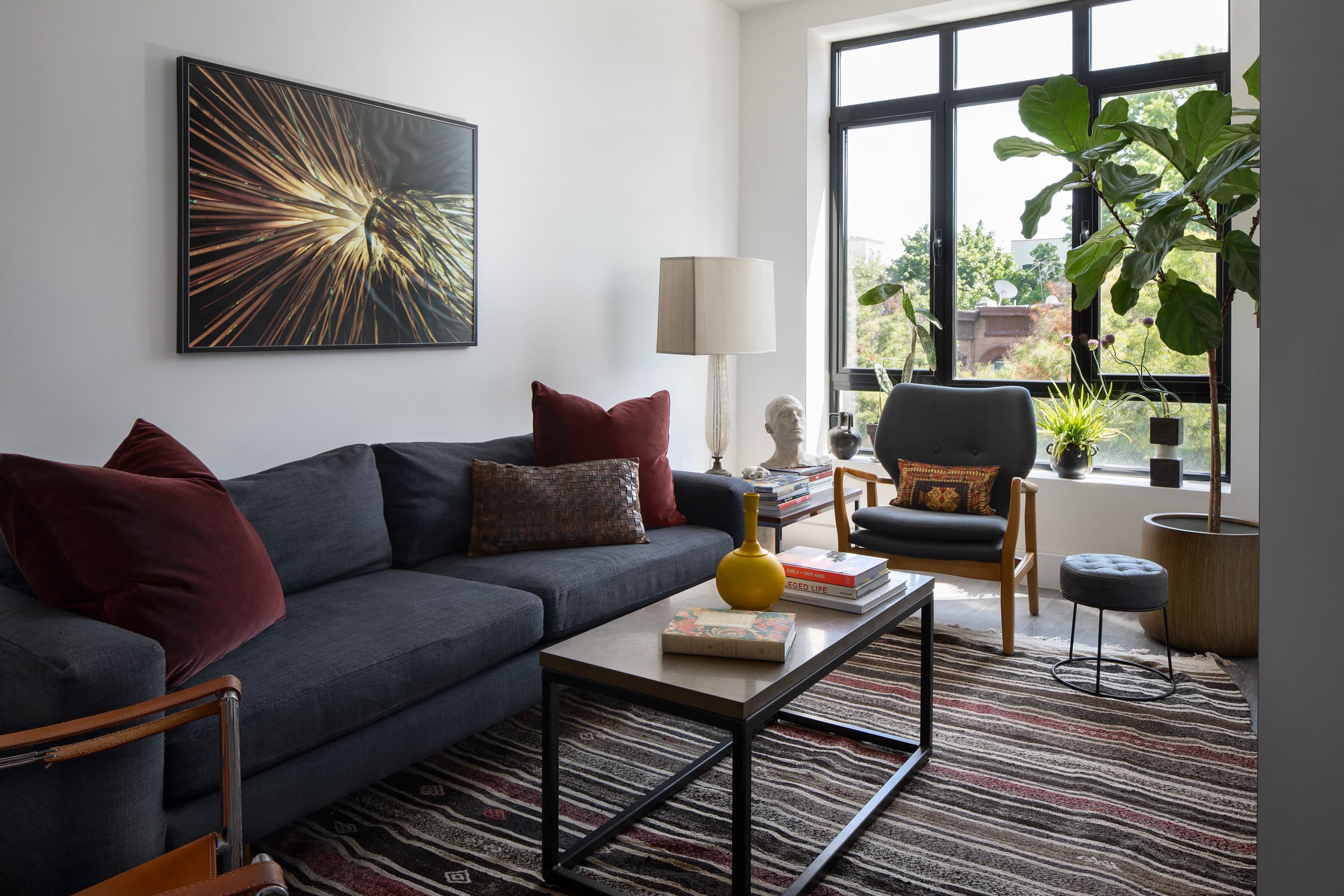
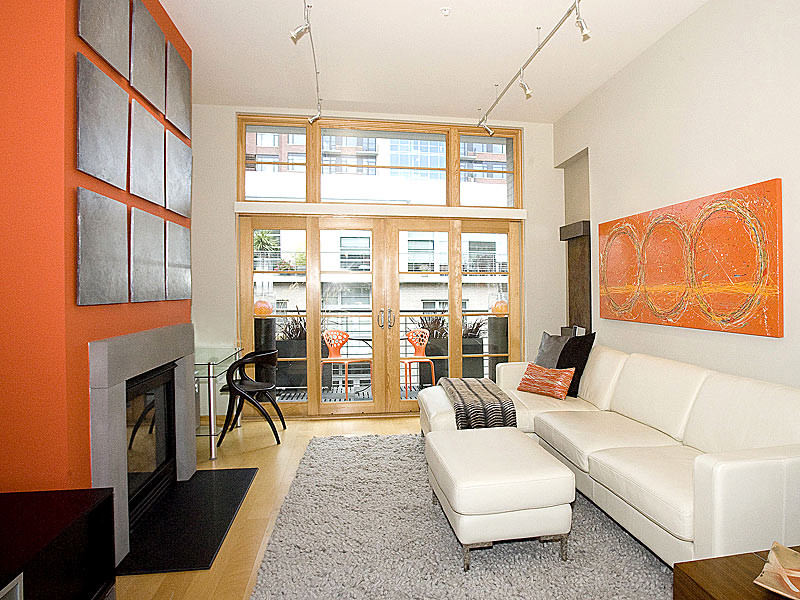
/Long-Narrow-Room-58b9bb943df78c353c2ddc07.jpg)
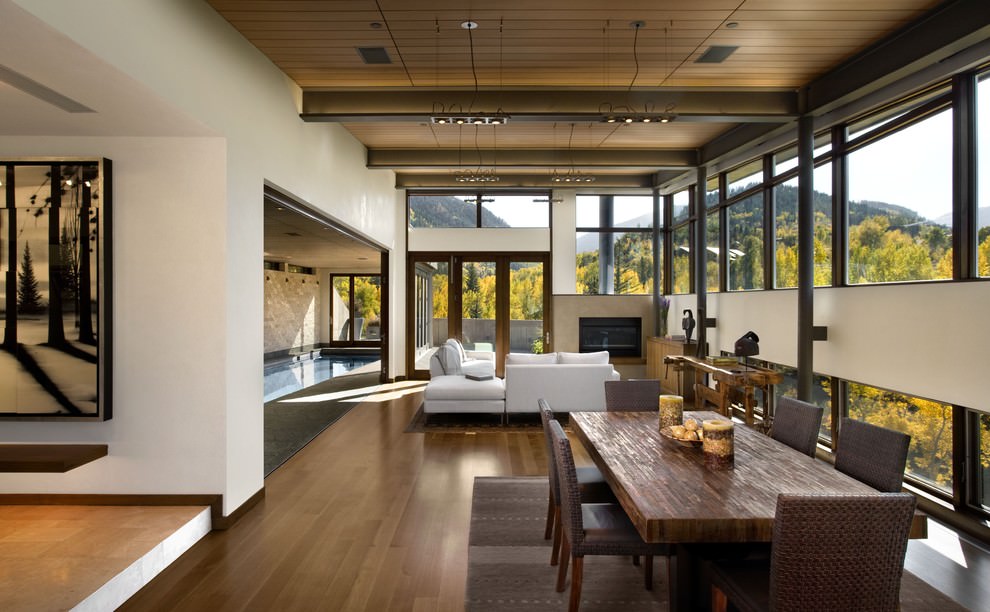






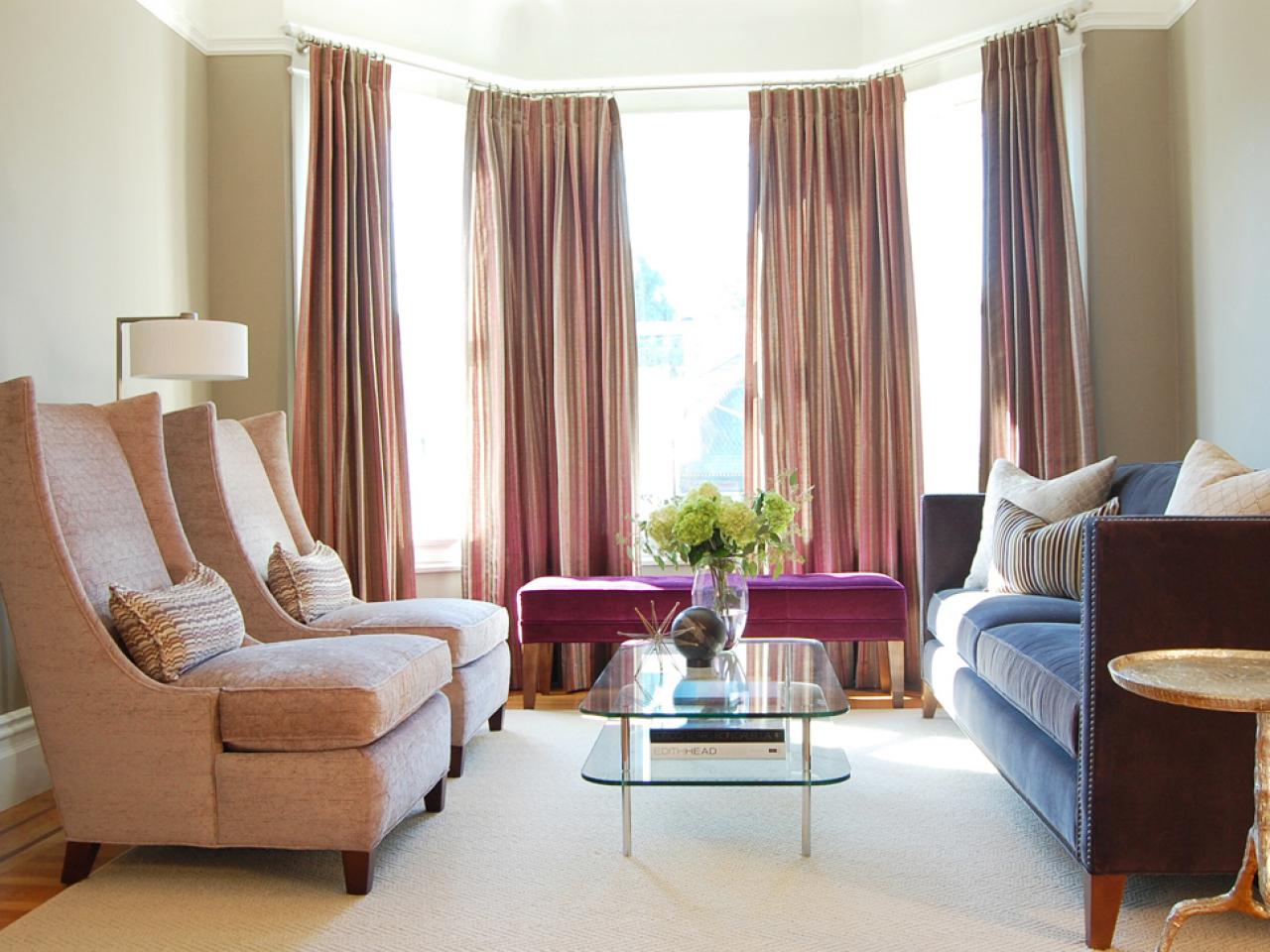
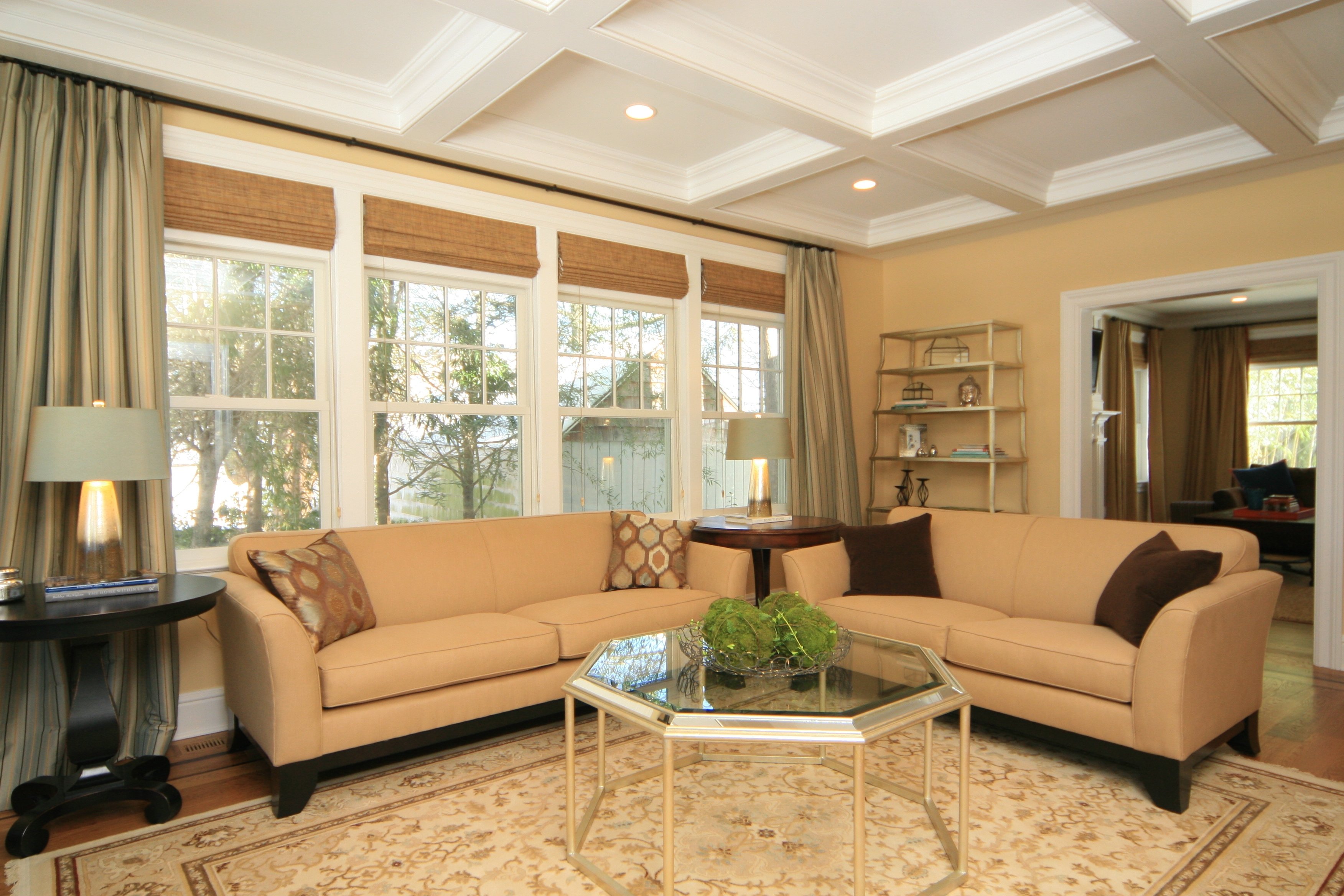

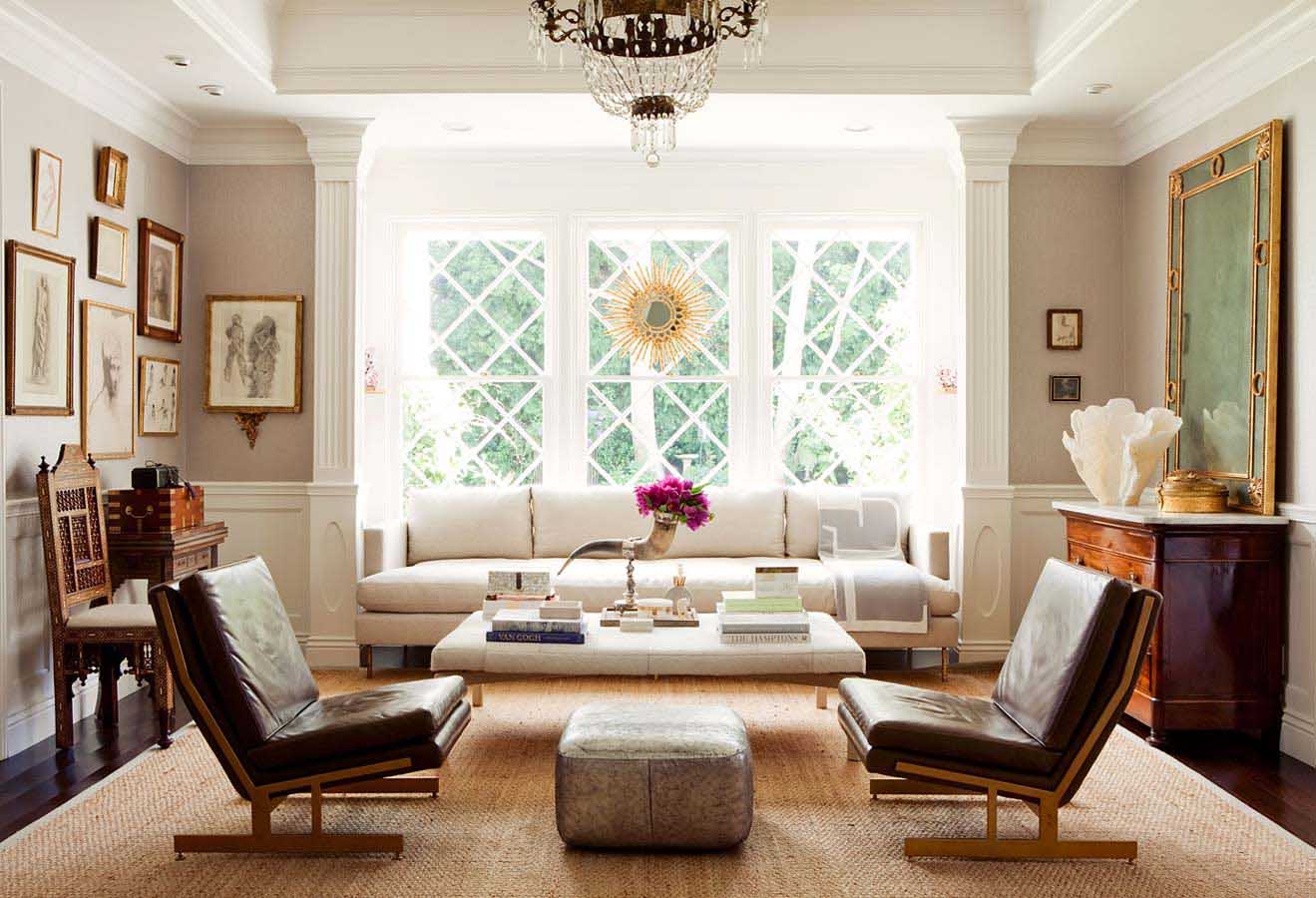
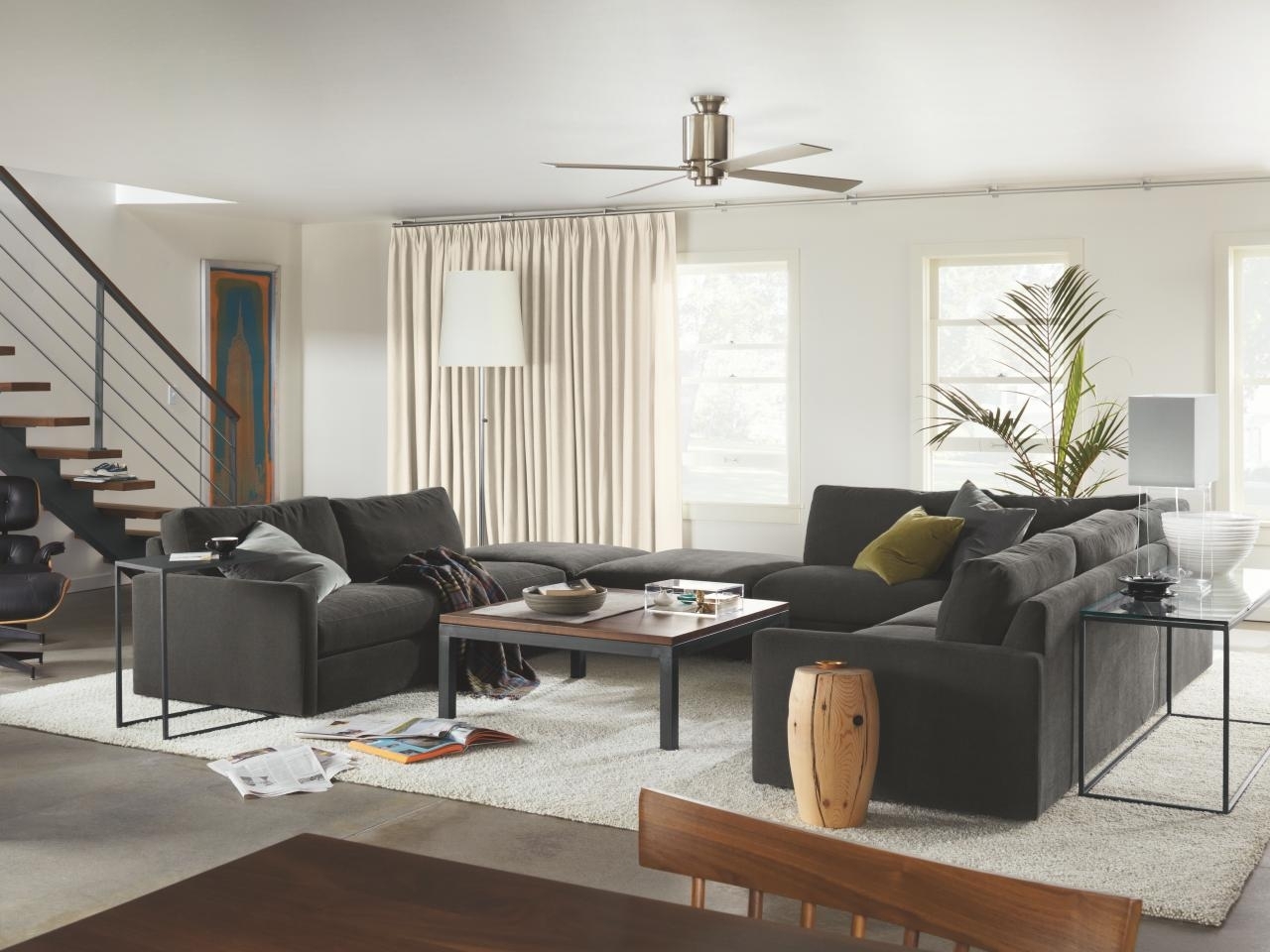
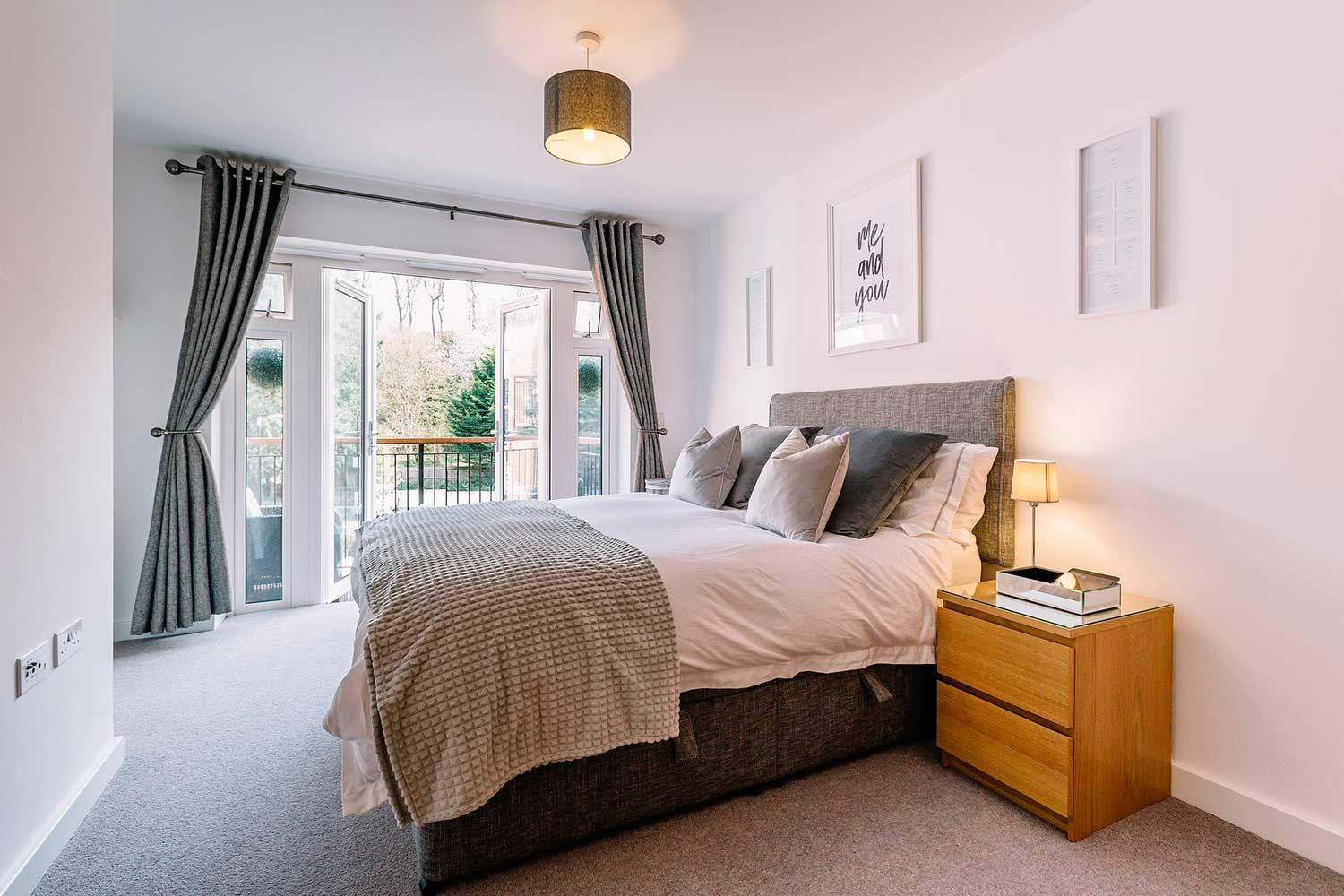
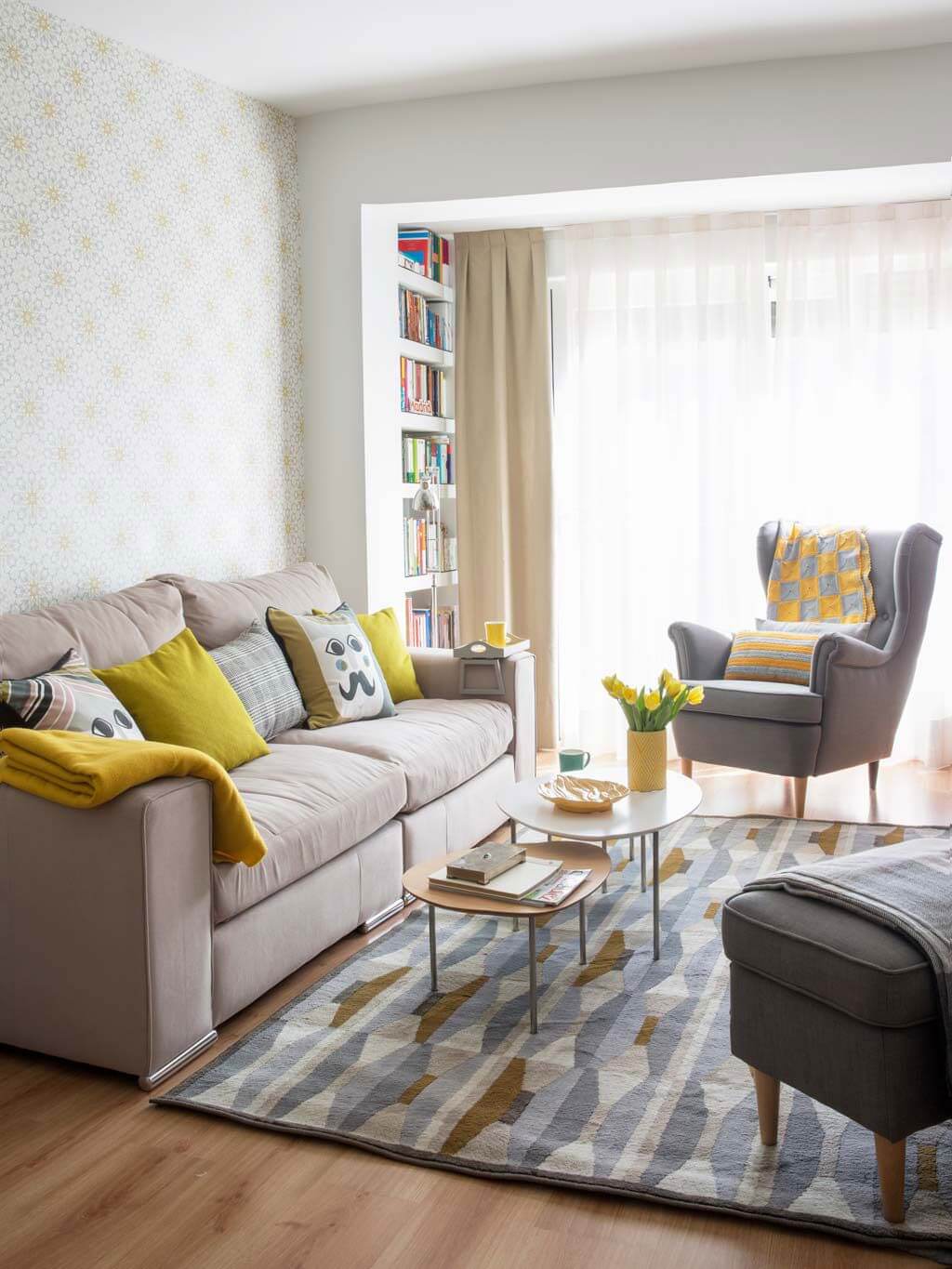
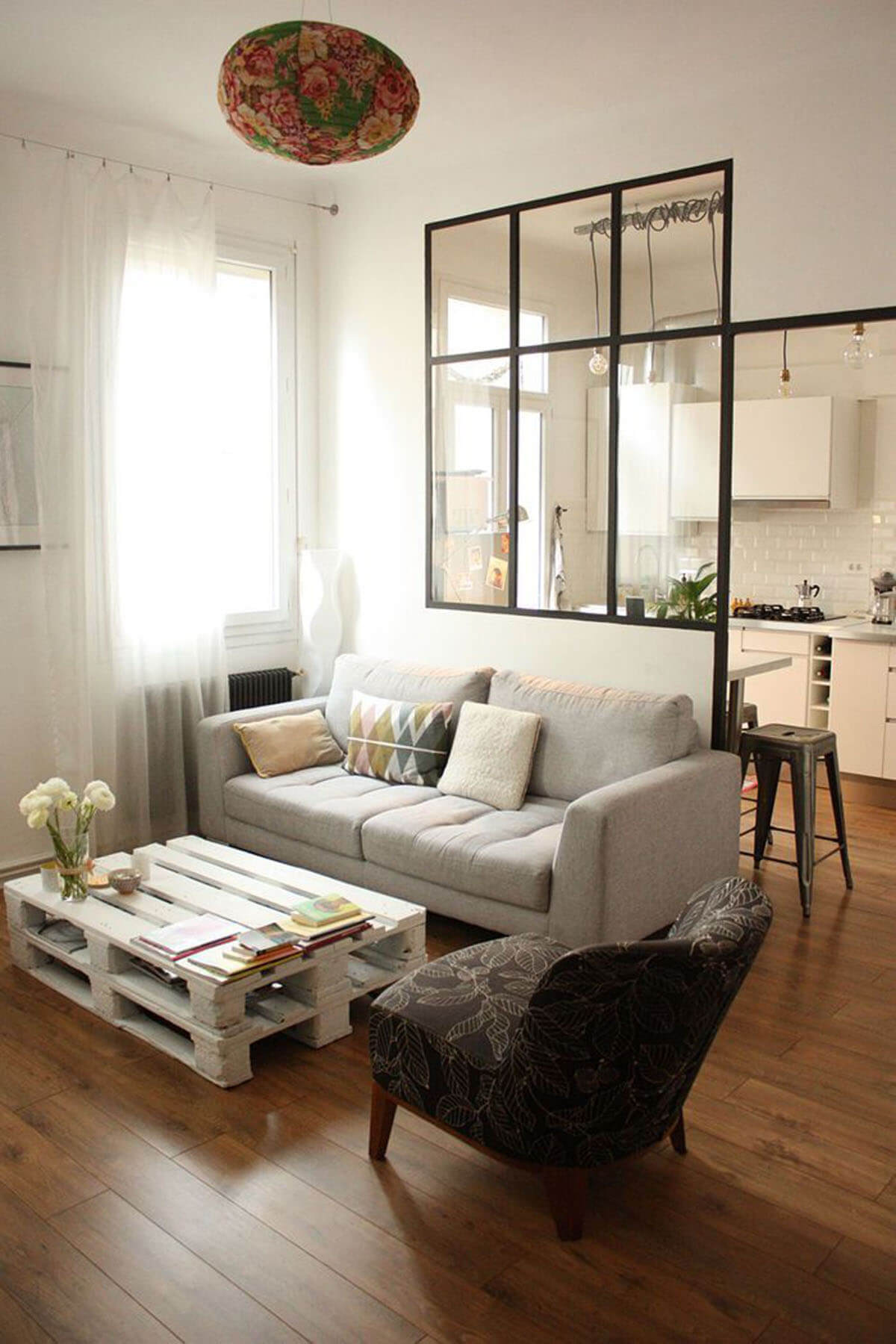



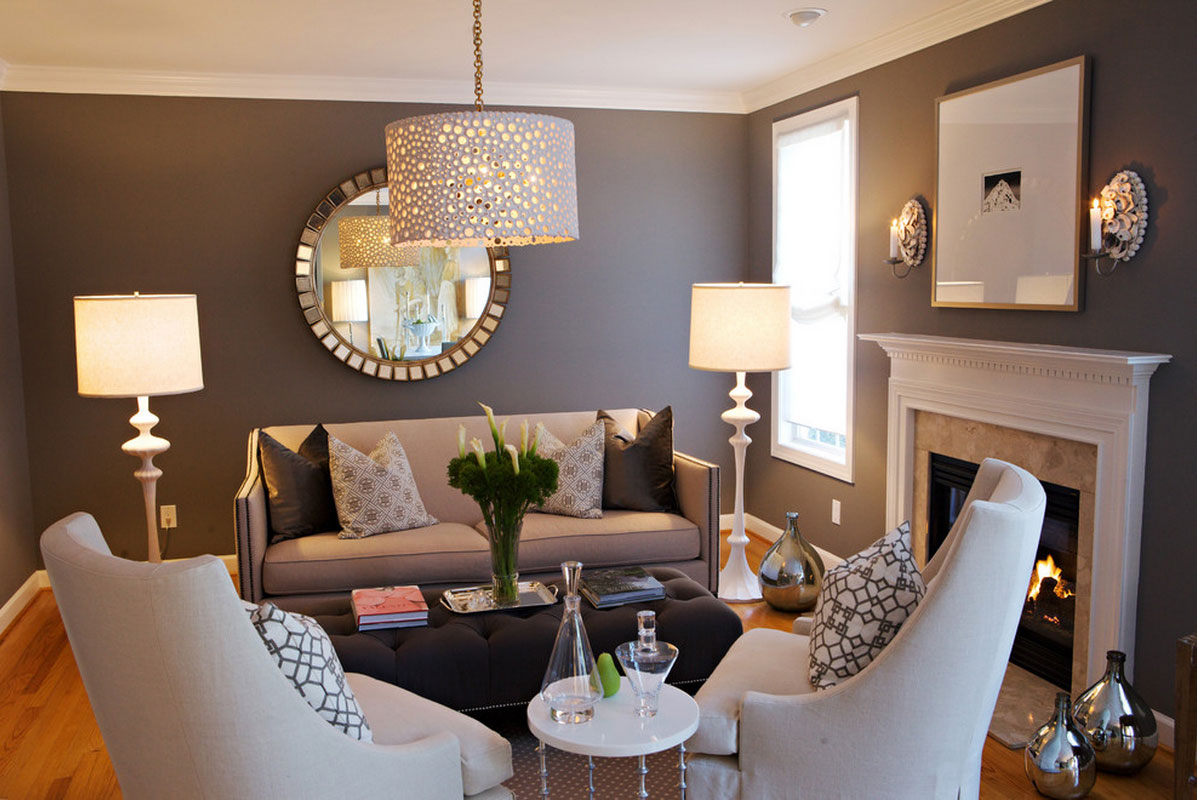
/small-living-room-ideas-4129044-hero-25cff5d762a94ccba3472eaca79e56cb.jpg)
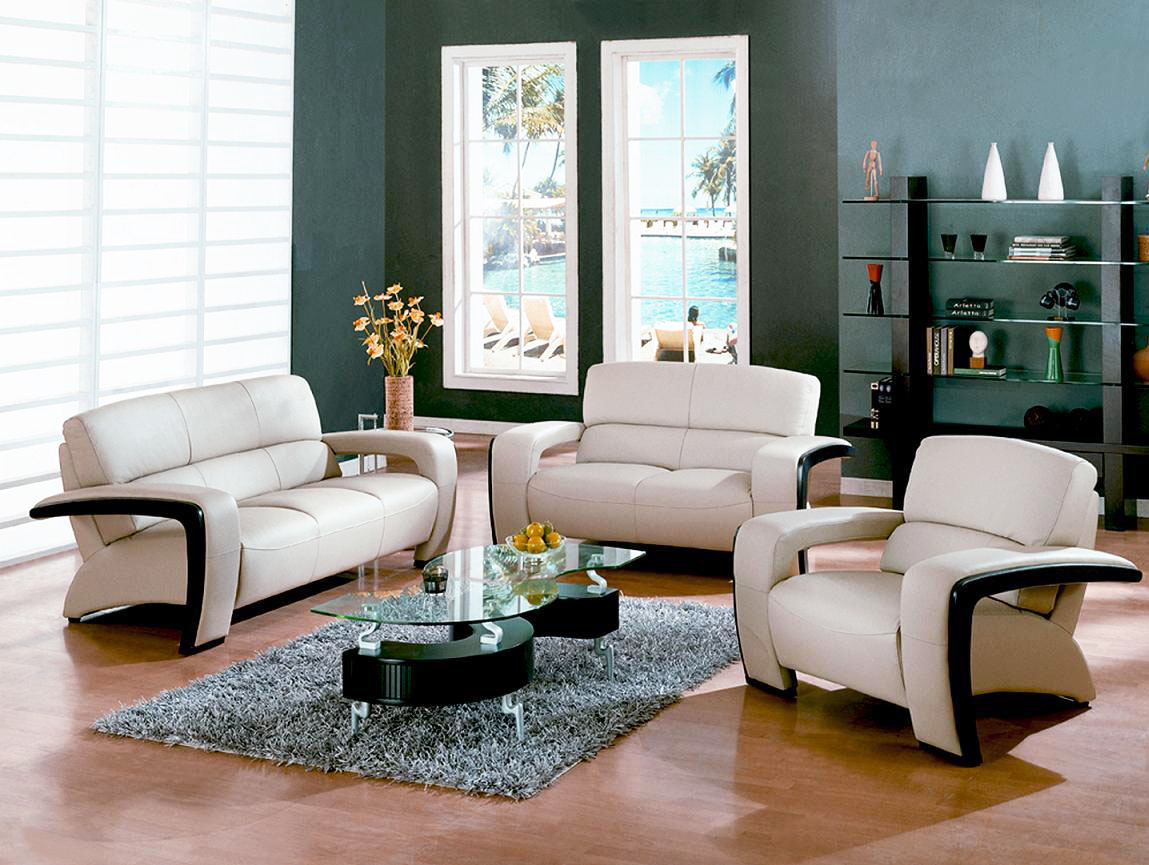



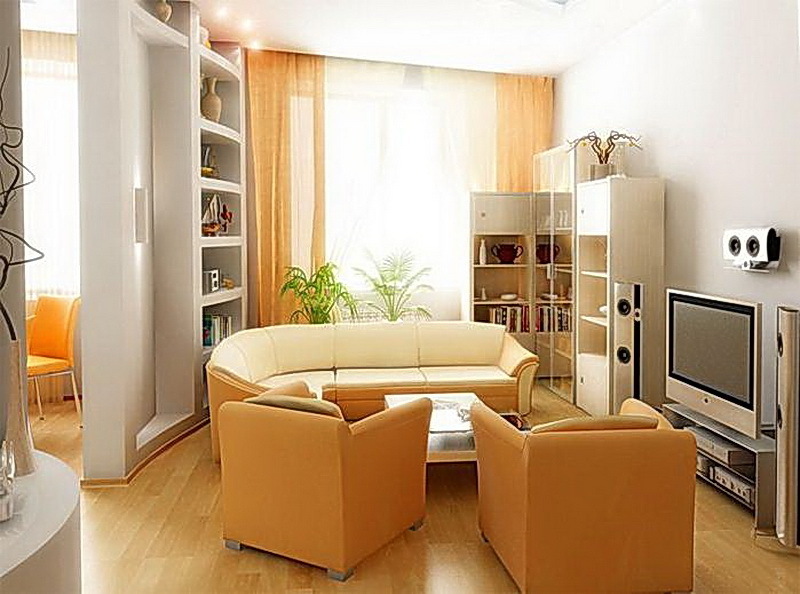

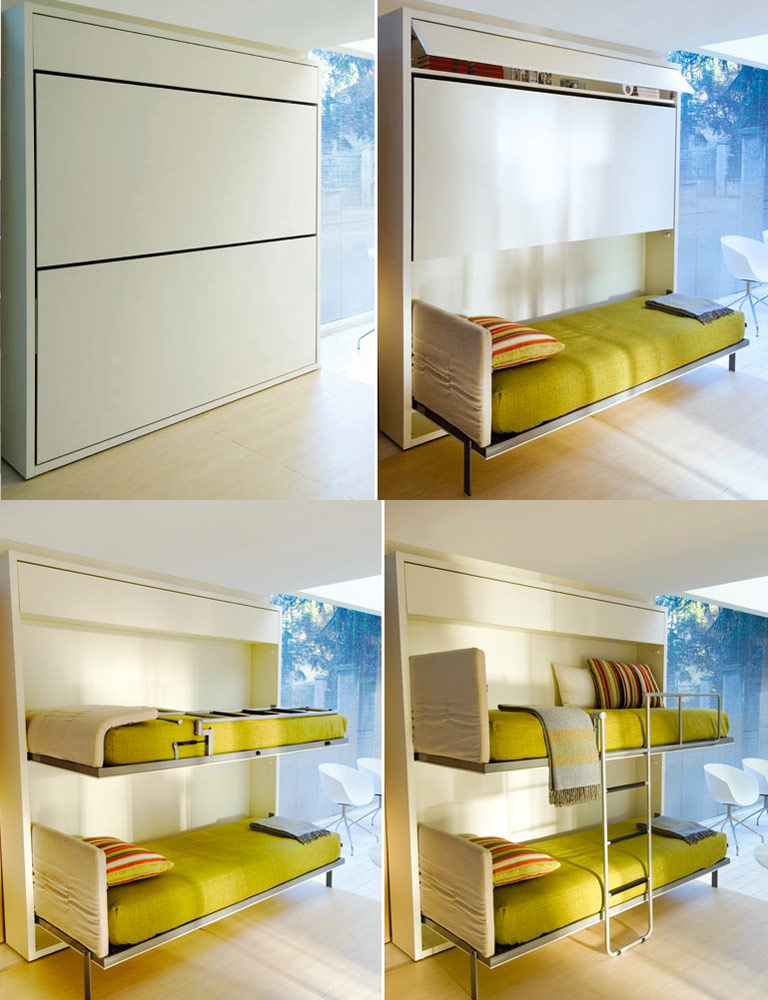
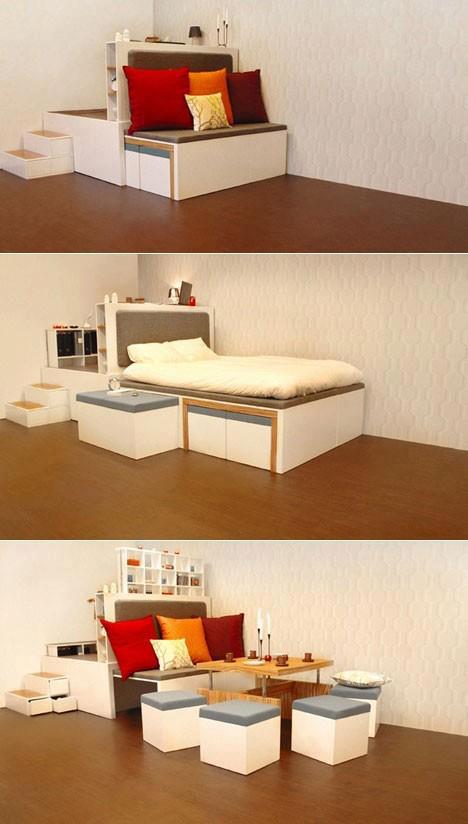
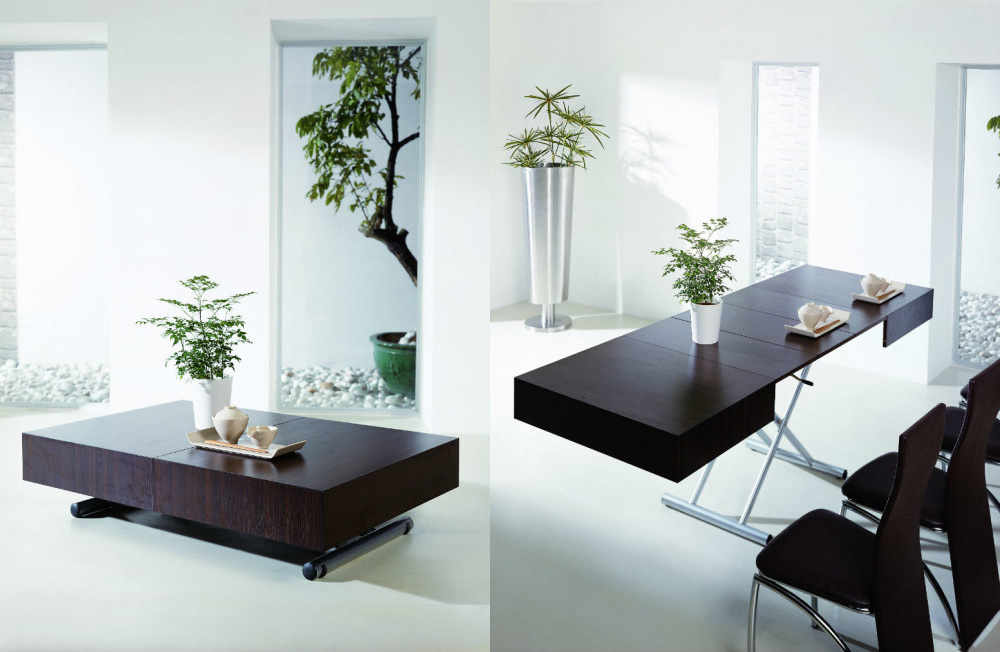
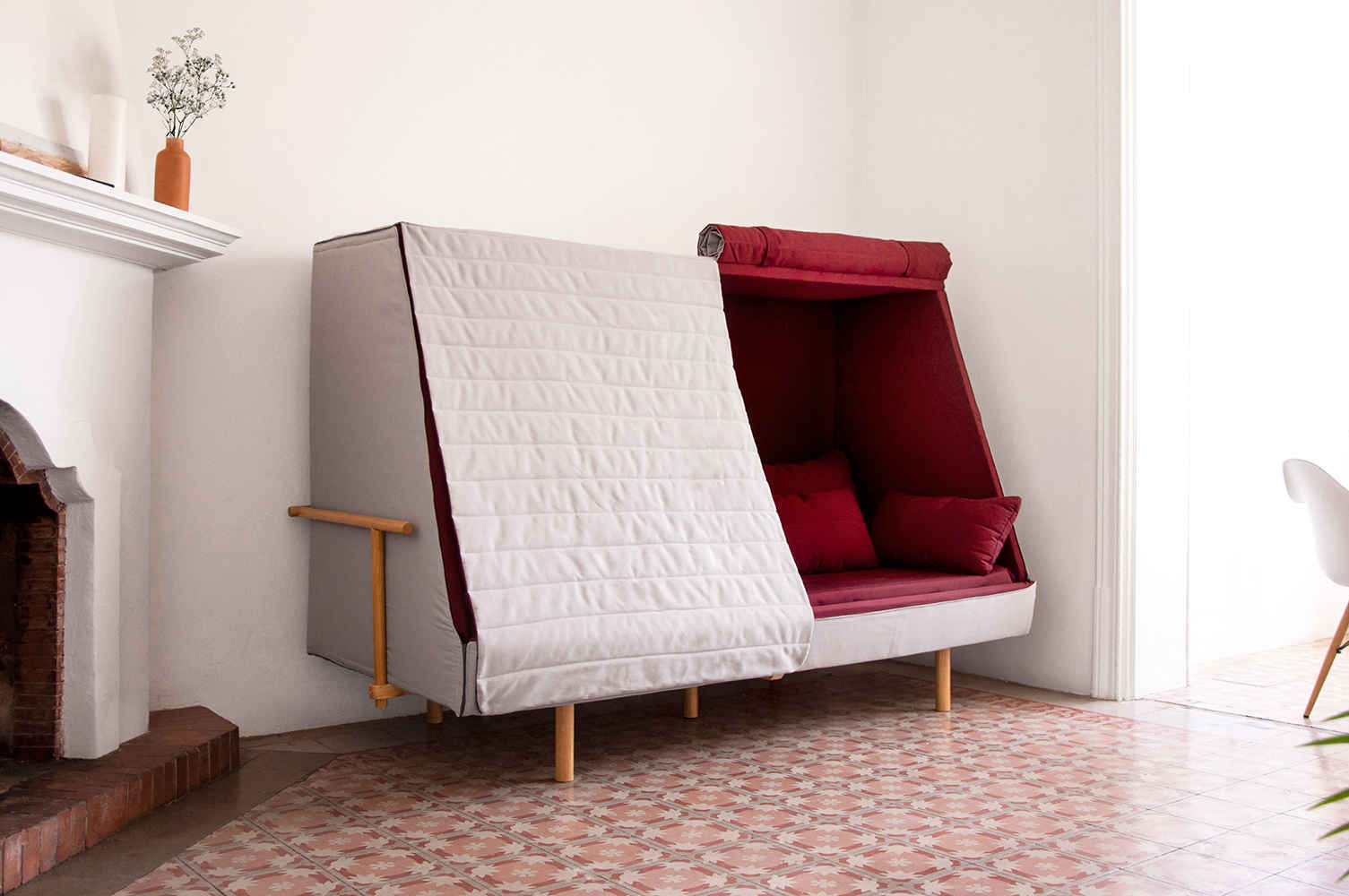
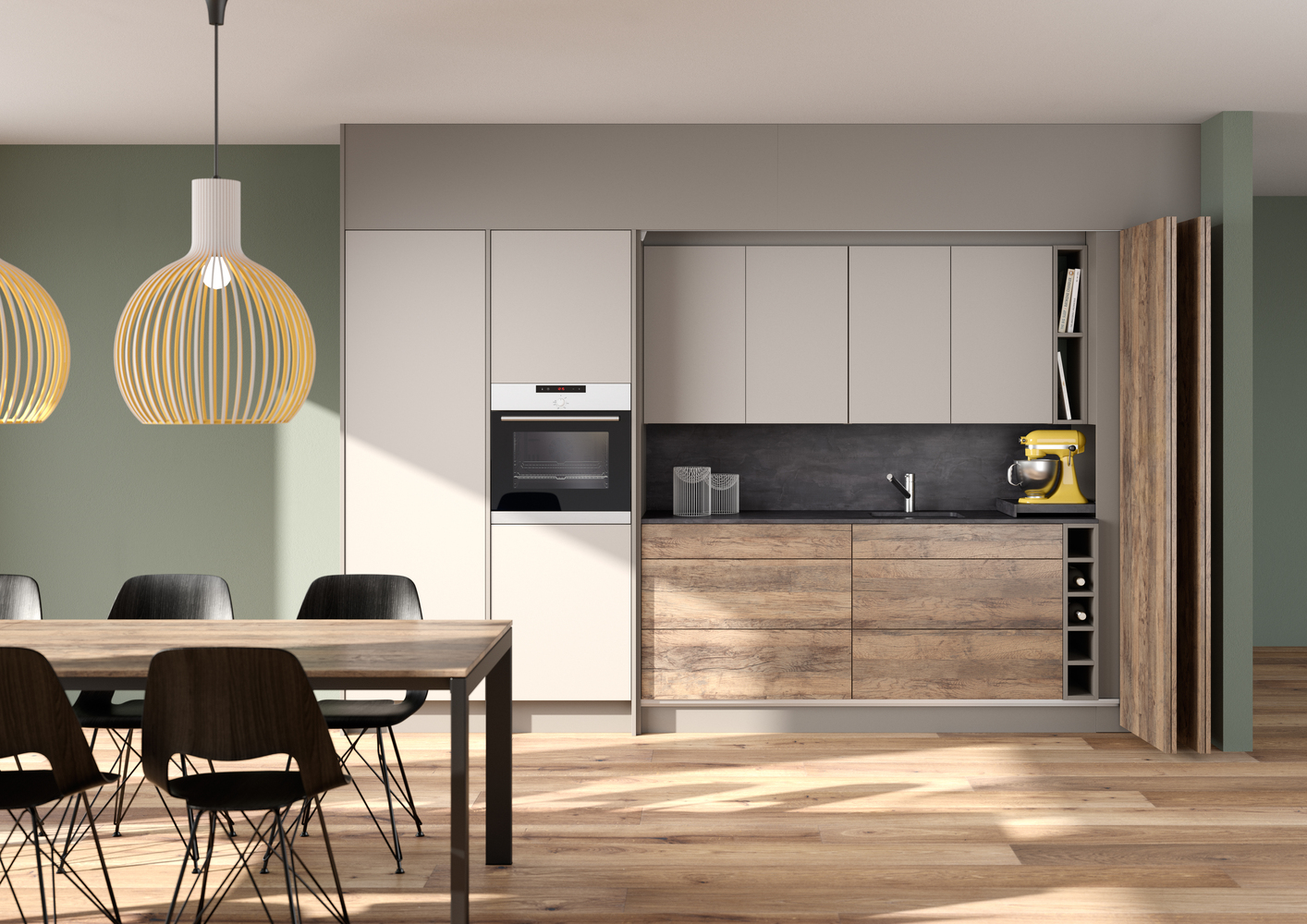
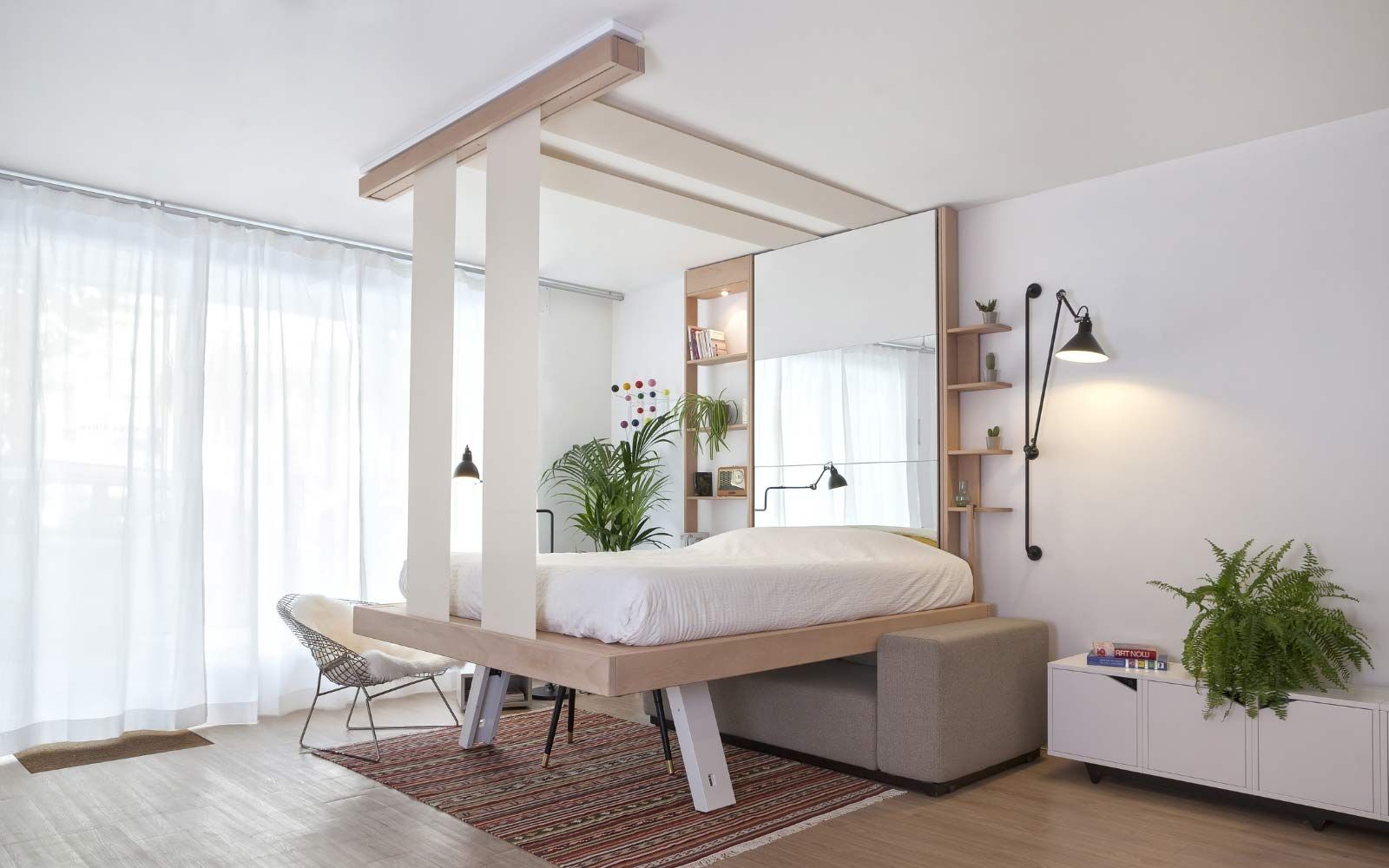
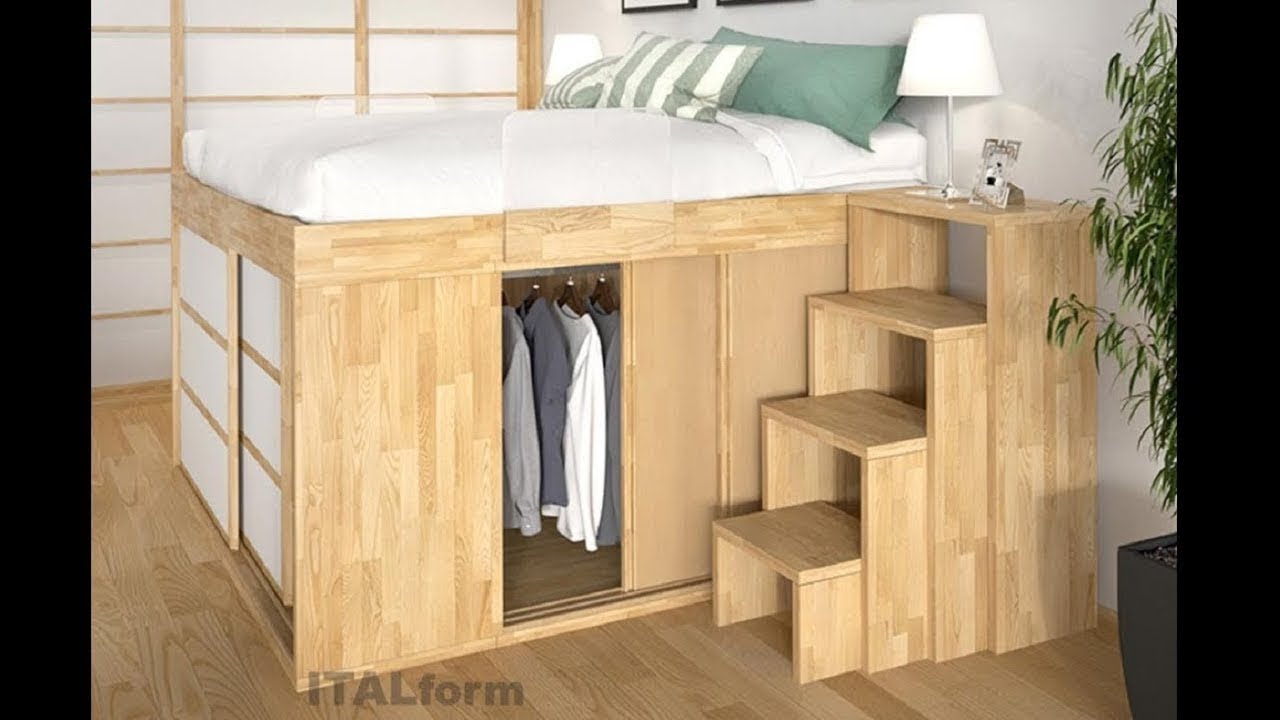
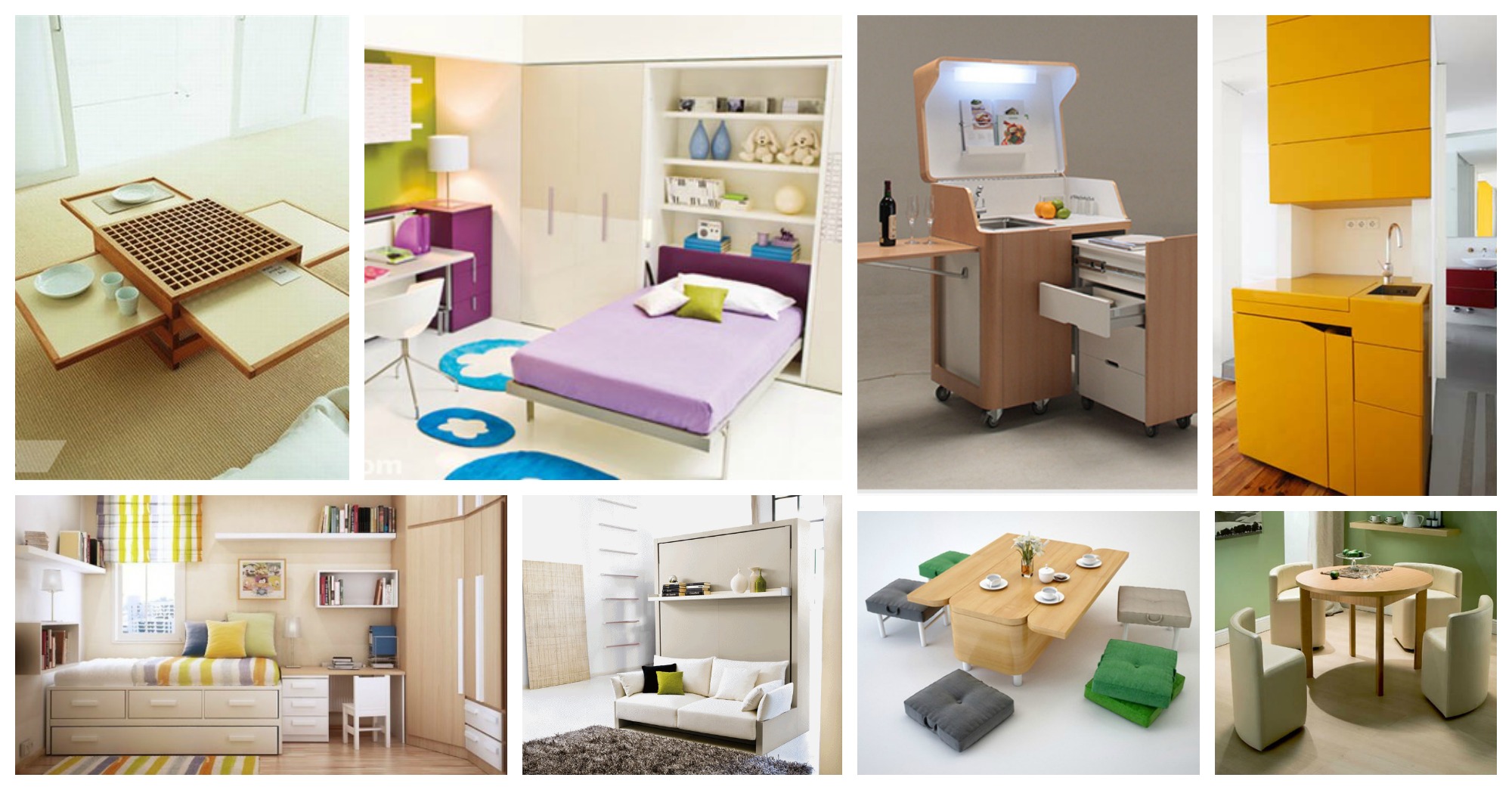
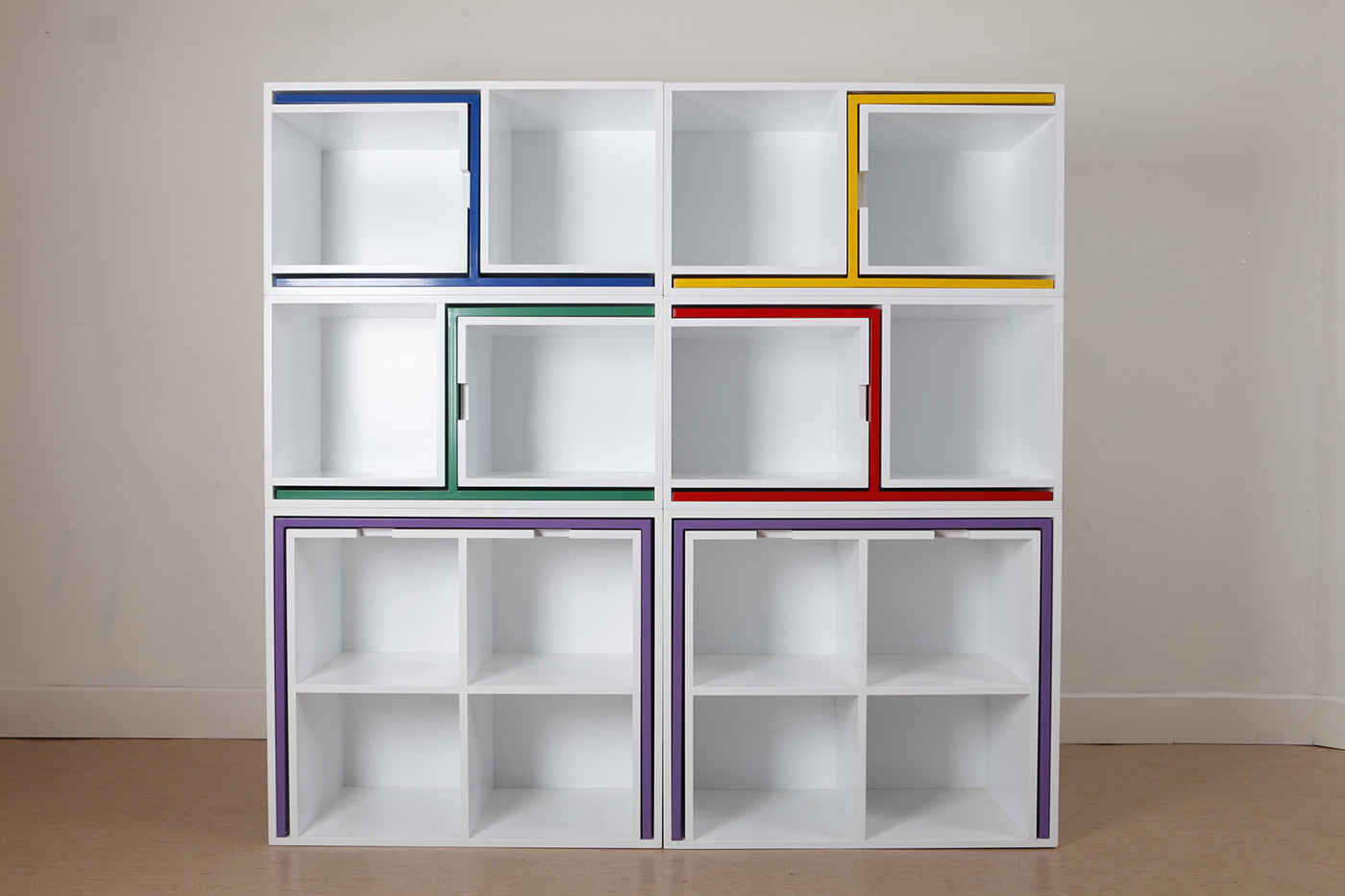
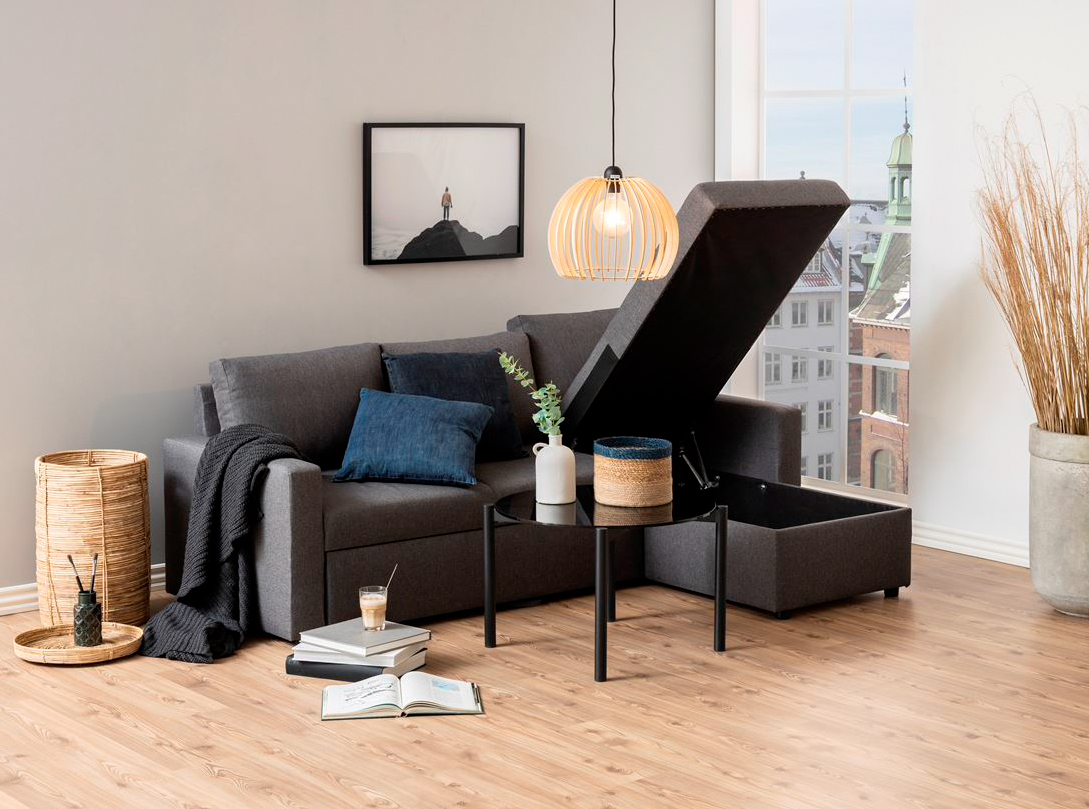
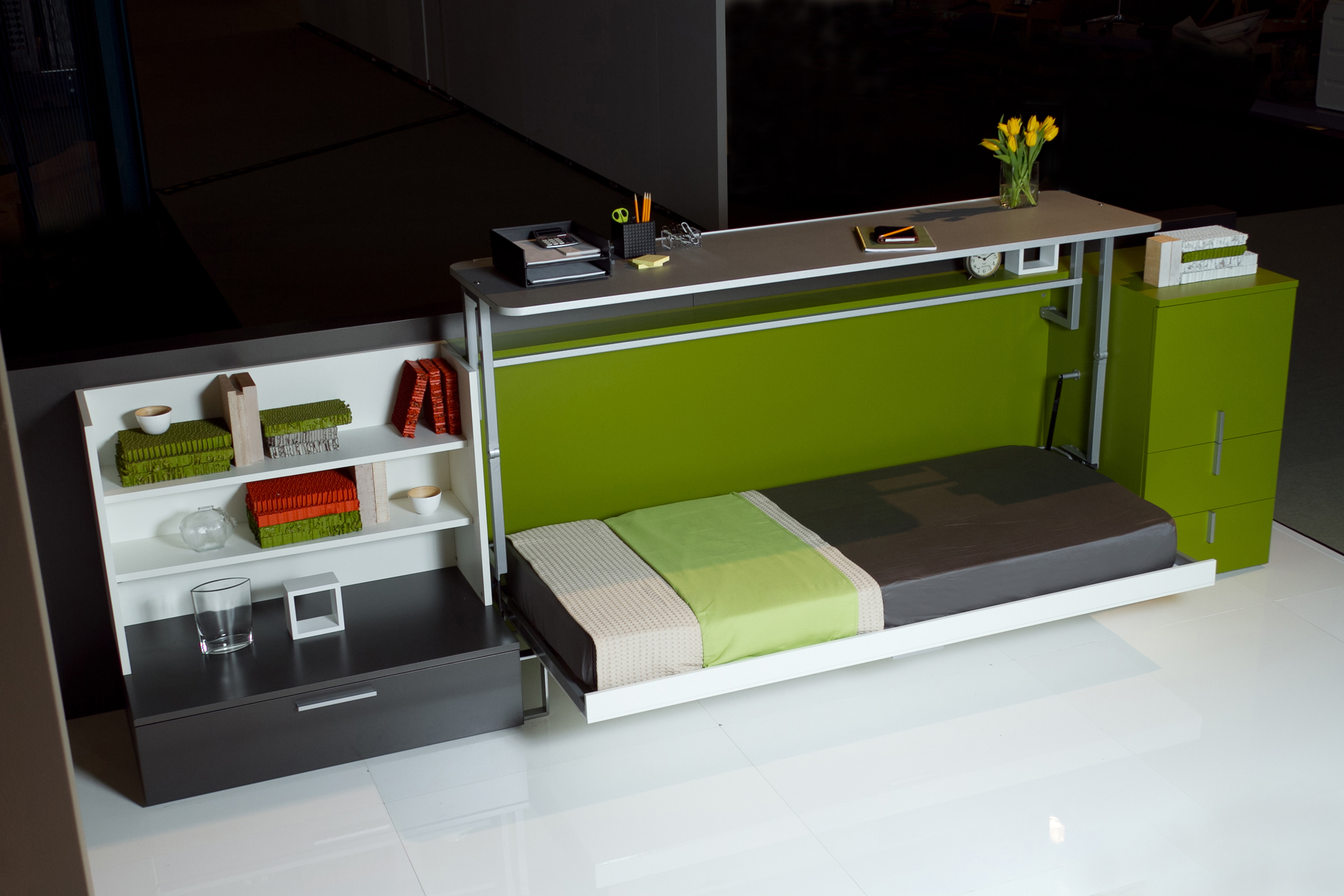
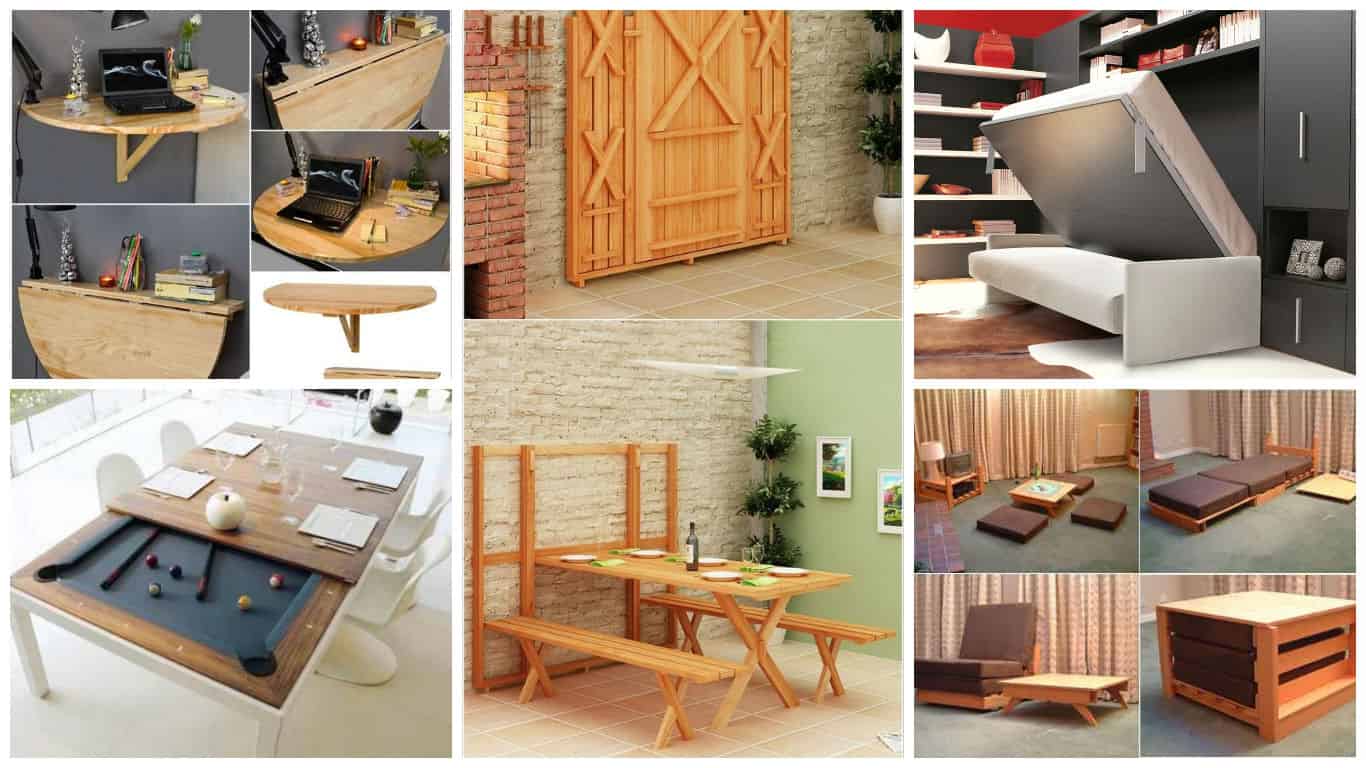
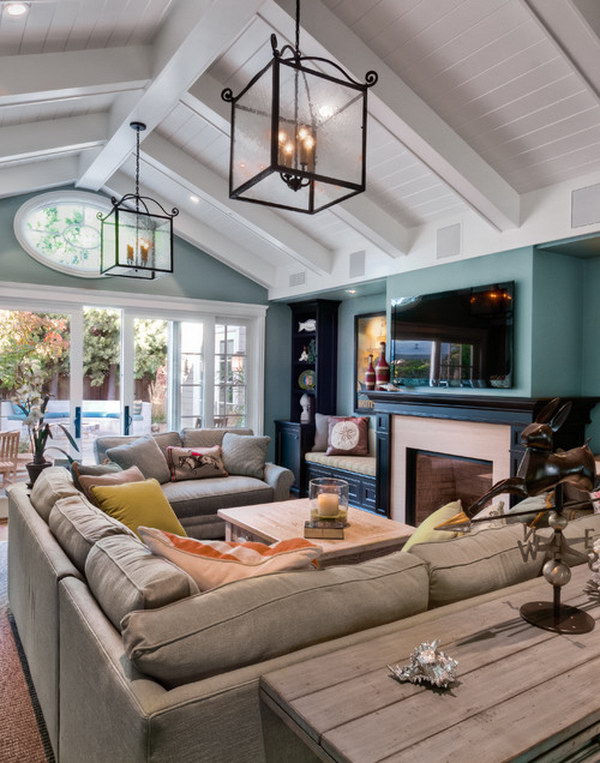
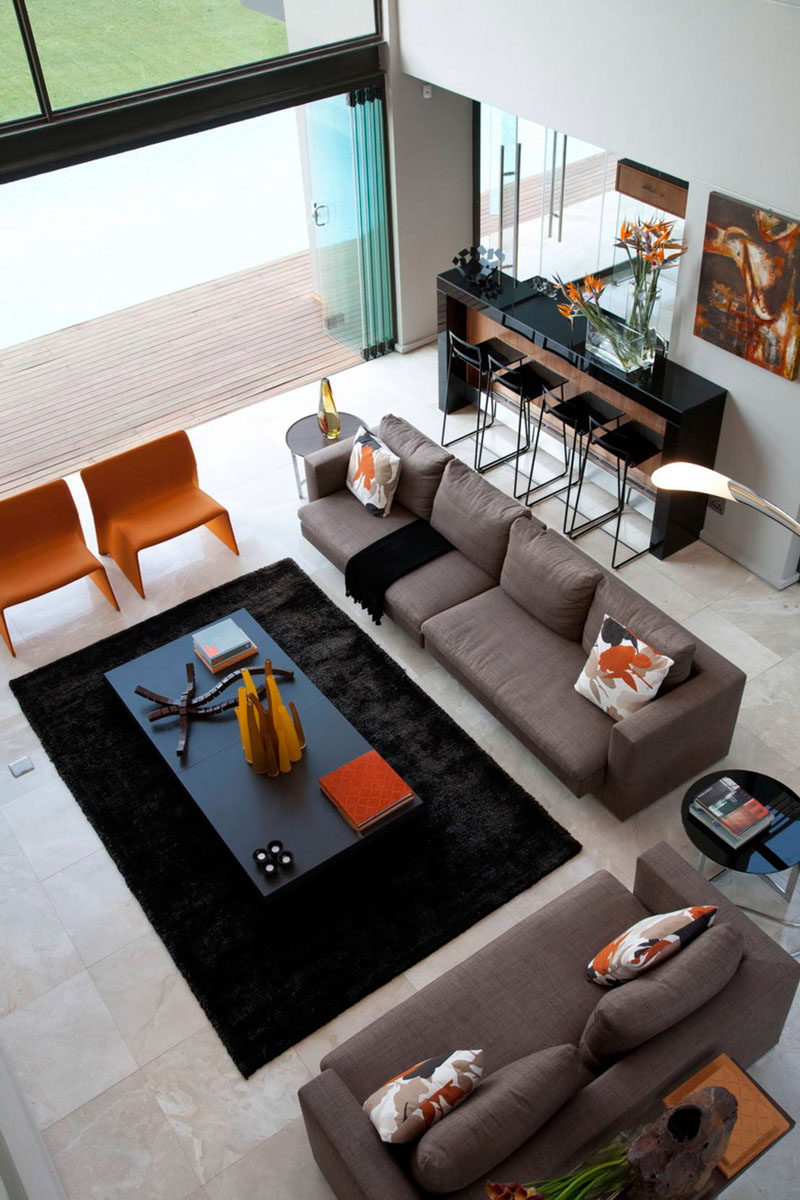


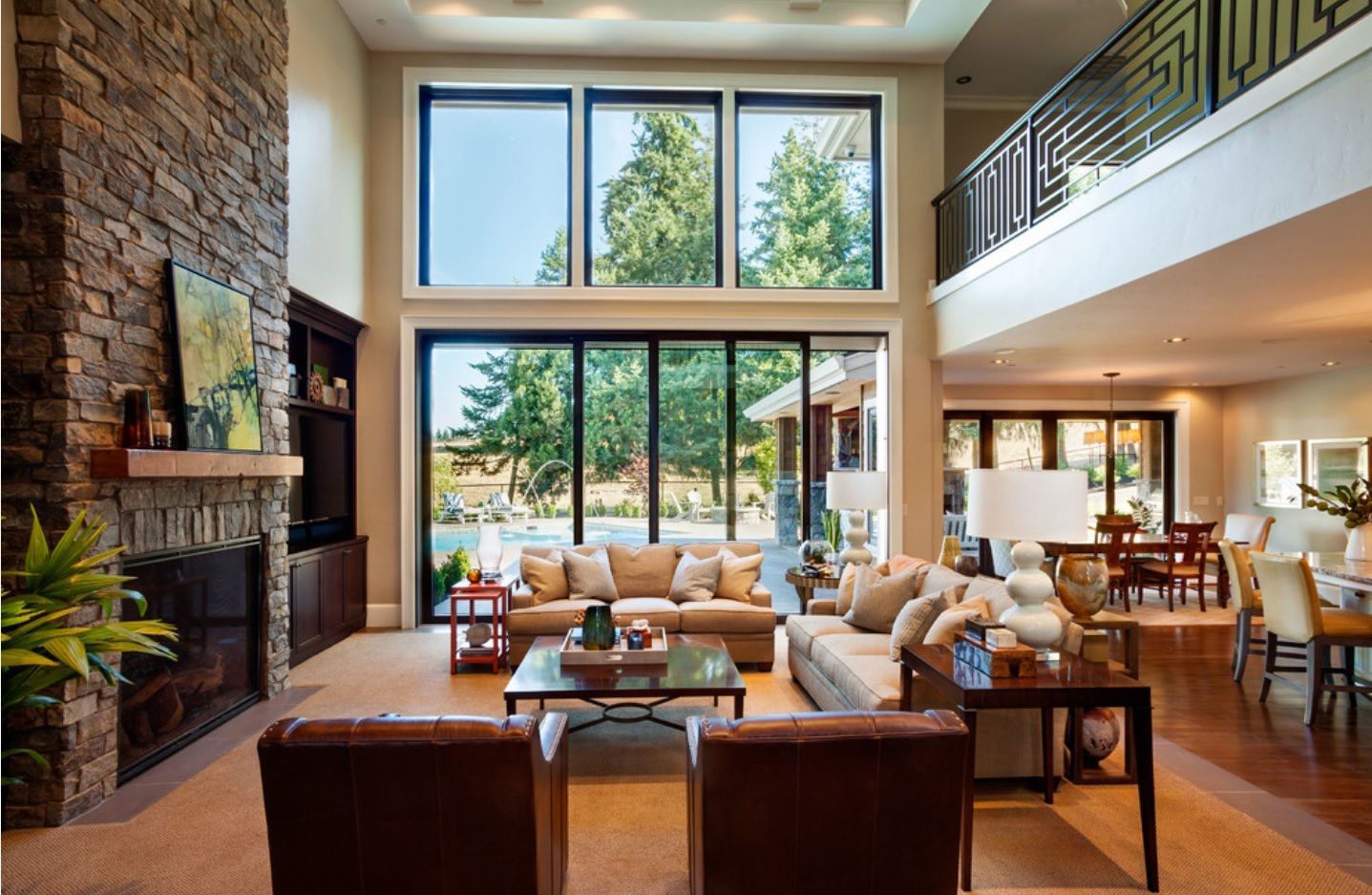

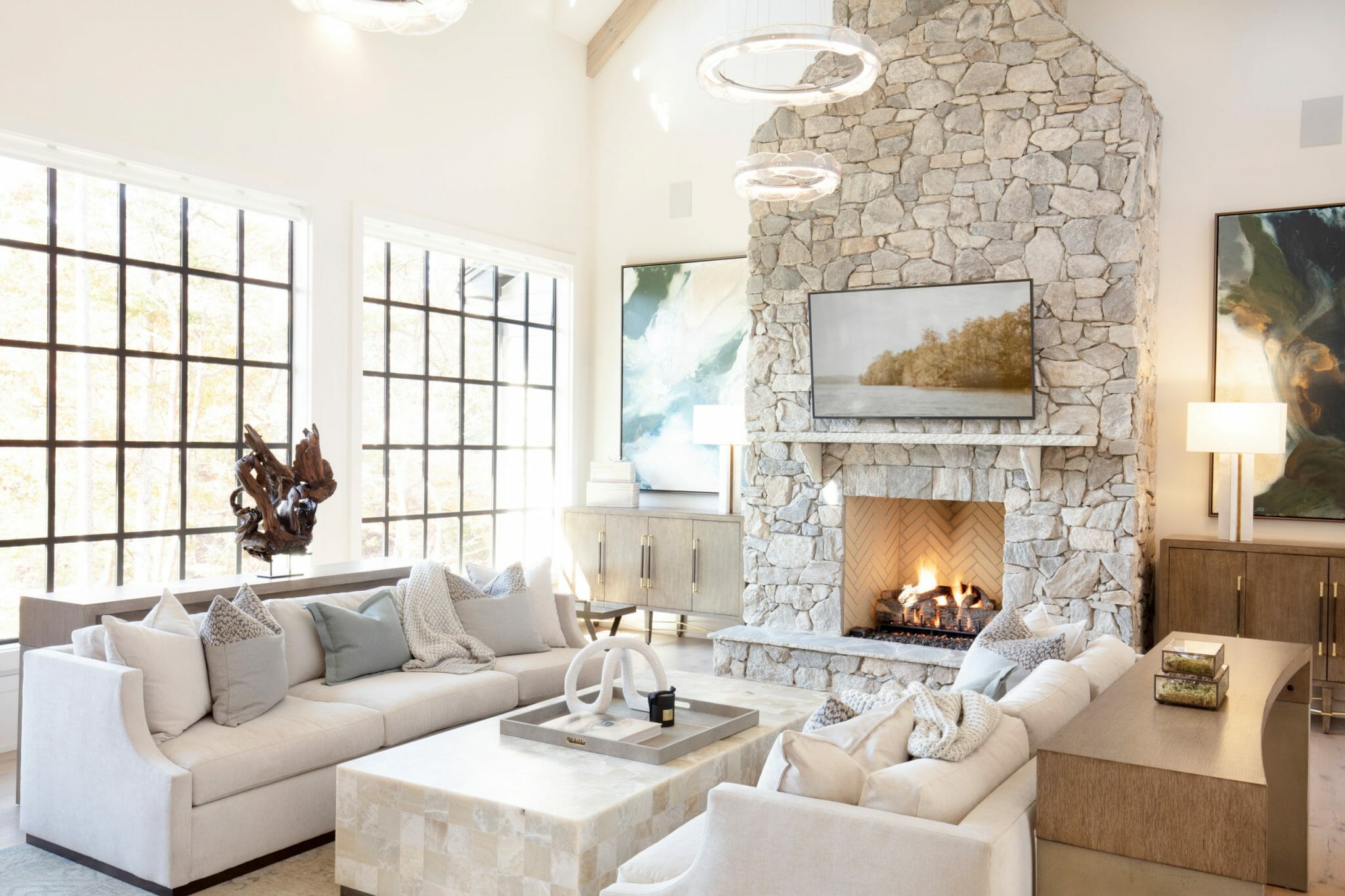
:max_bytes(150000):strip_icc()/cdn.cliqueinc.com__cache__posts__198376__best-laid-plans-3-airy-layout-plans-for-tiny-living-rooms-1844424-1469133480.700x0c-825ef7aaa32642a1832188f59d46c079.jpg)
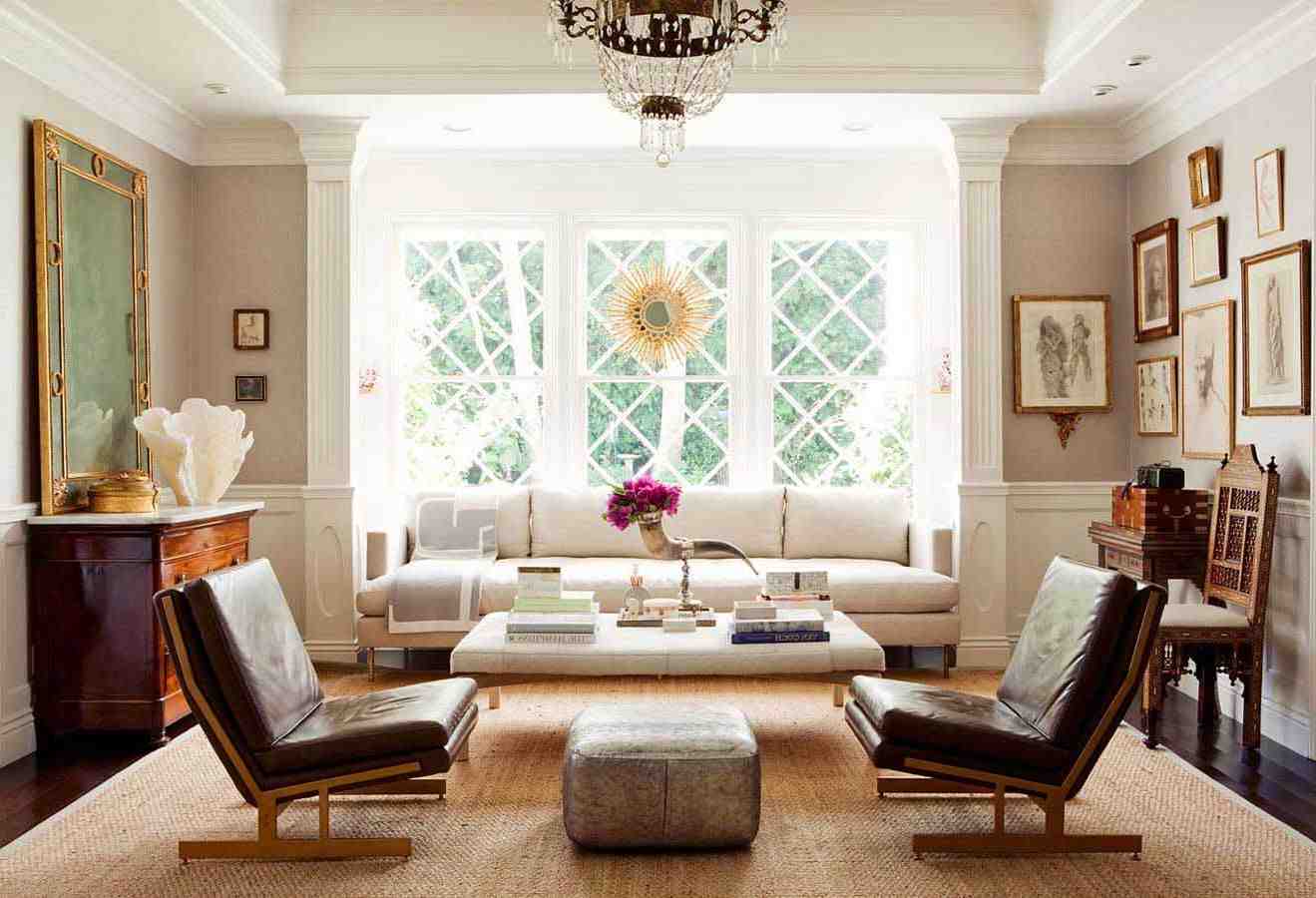
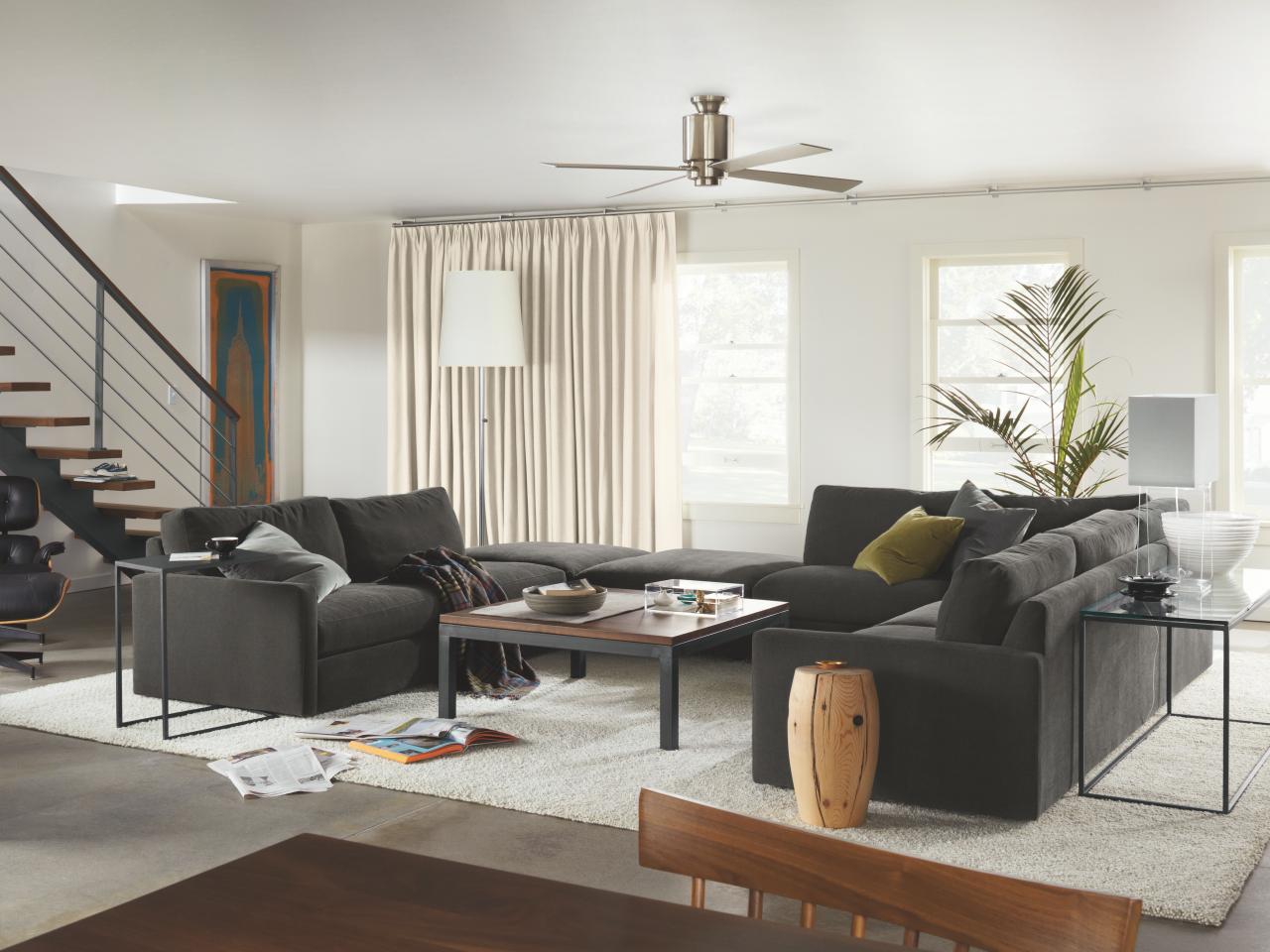

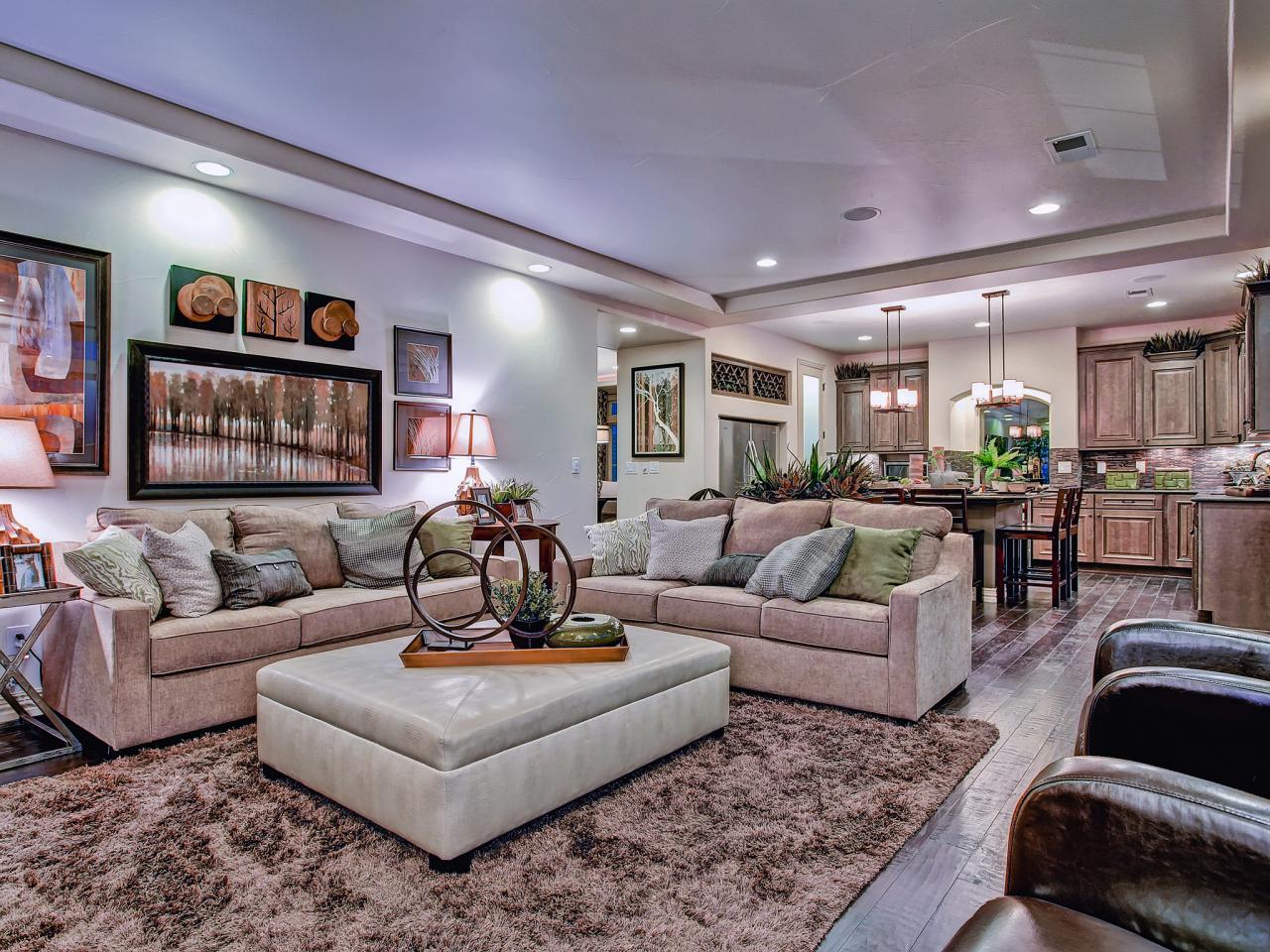
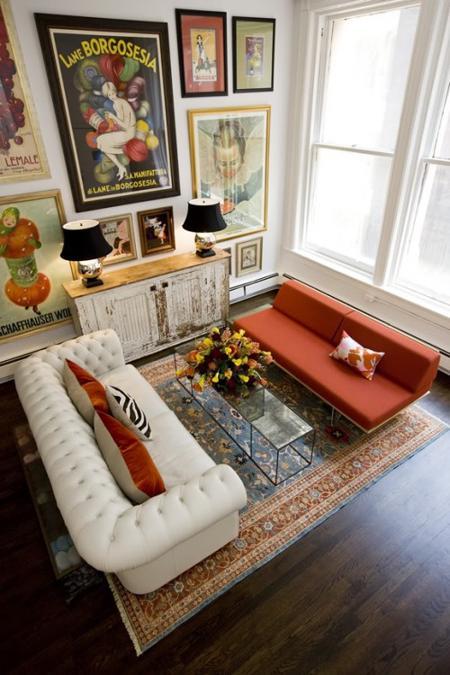


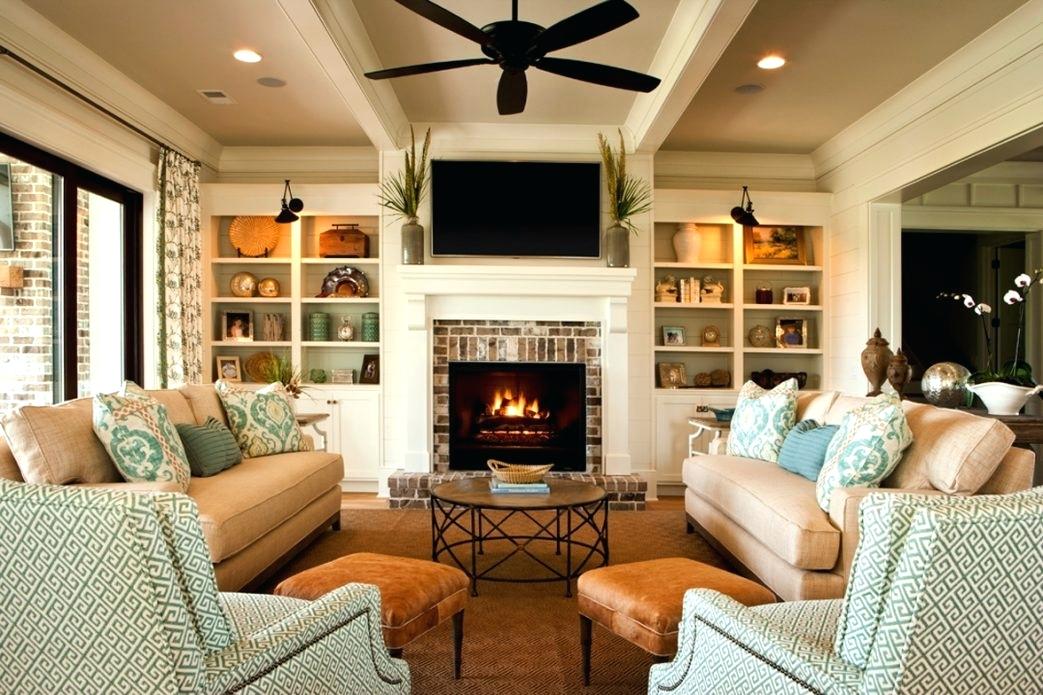




/twenty20_cc649399-40dc-4816-8620-37b365d88f70-5a01d3be22fa3a0037001998.jpg)




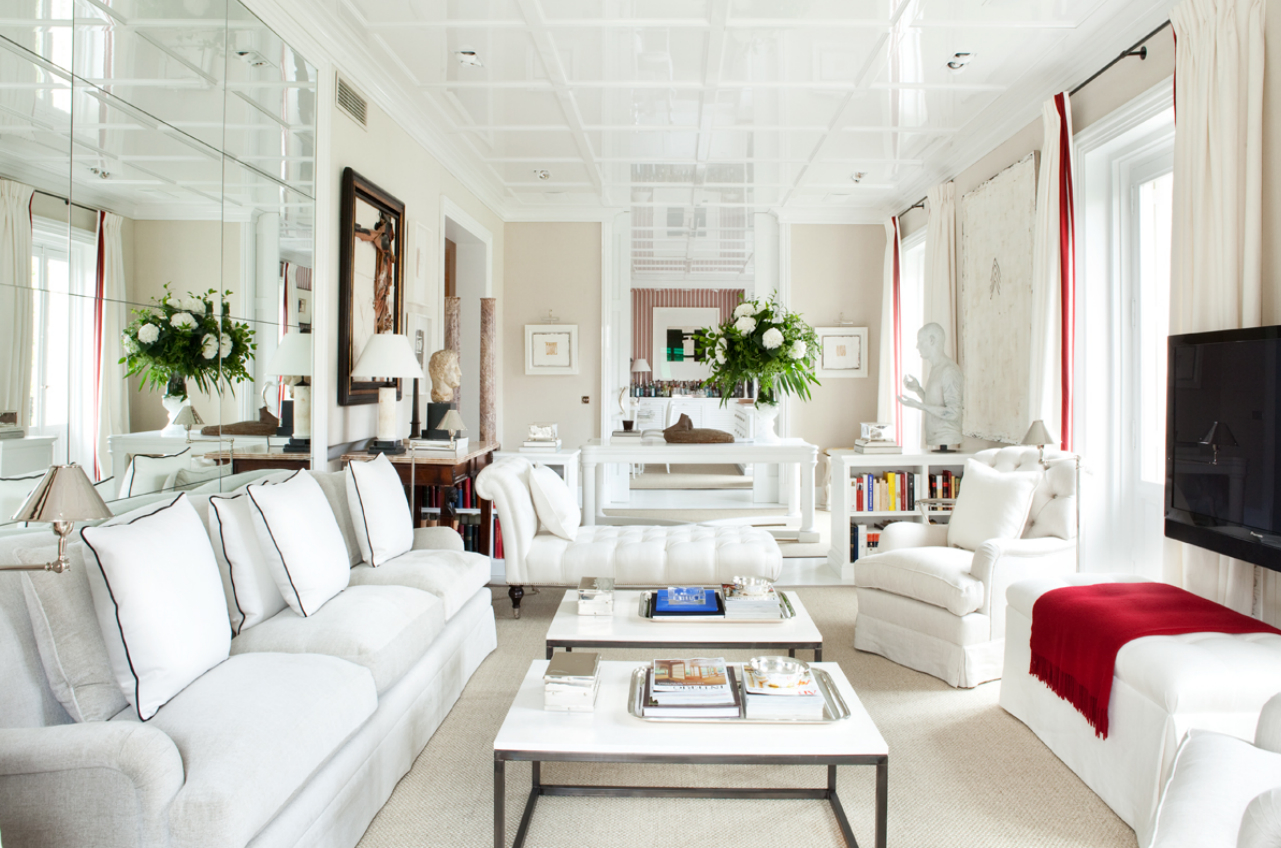
:max_bytes(150000):strip_icc()/bartlamjettecreative-b8397fee2916458e8198b26d1401d8b8.png)

